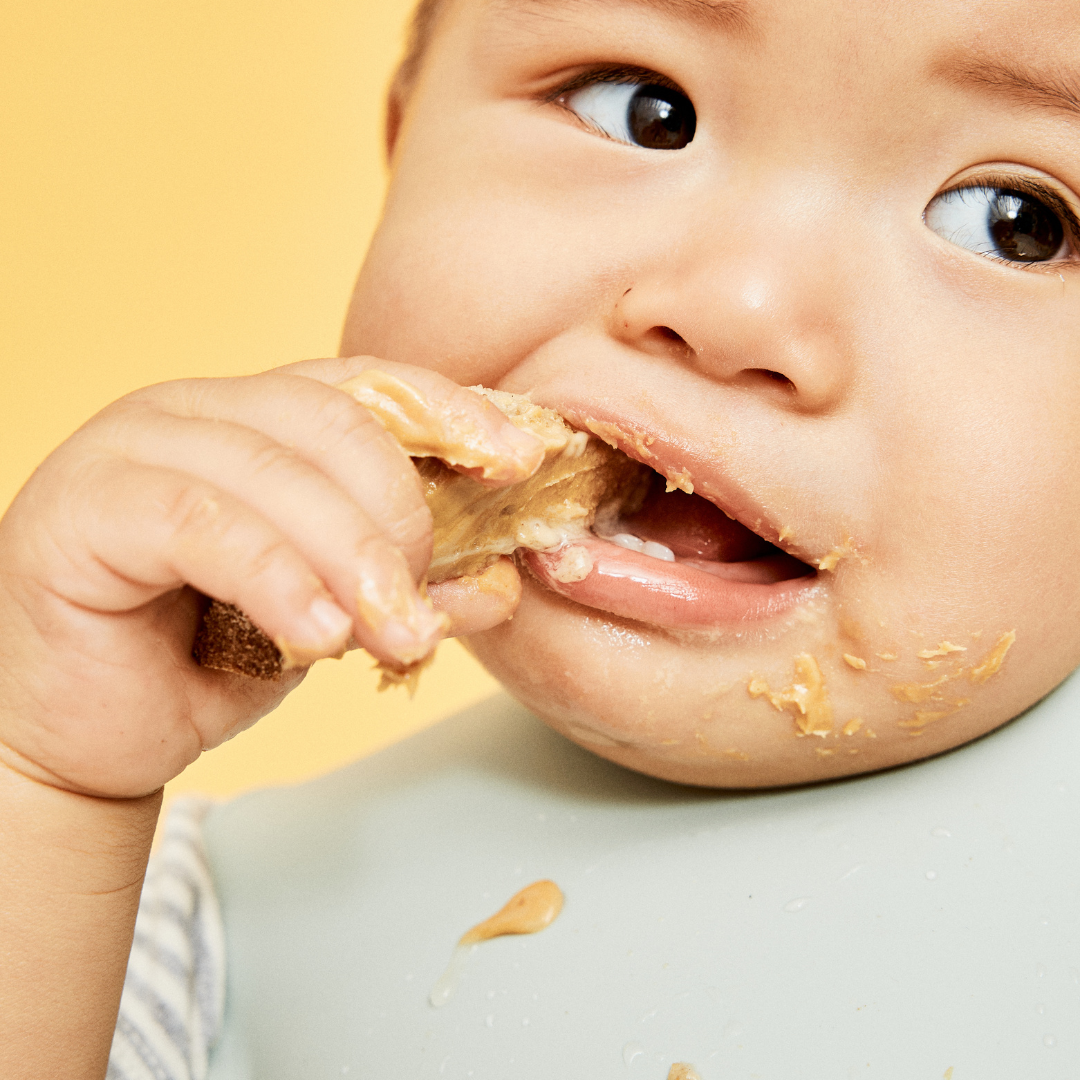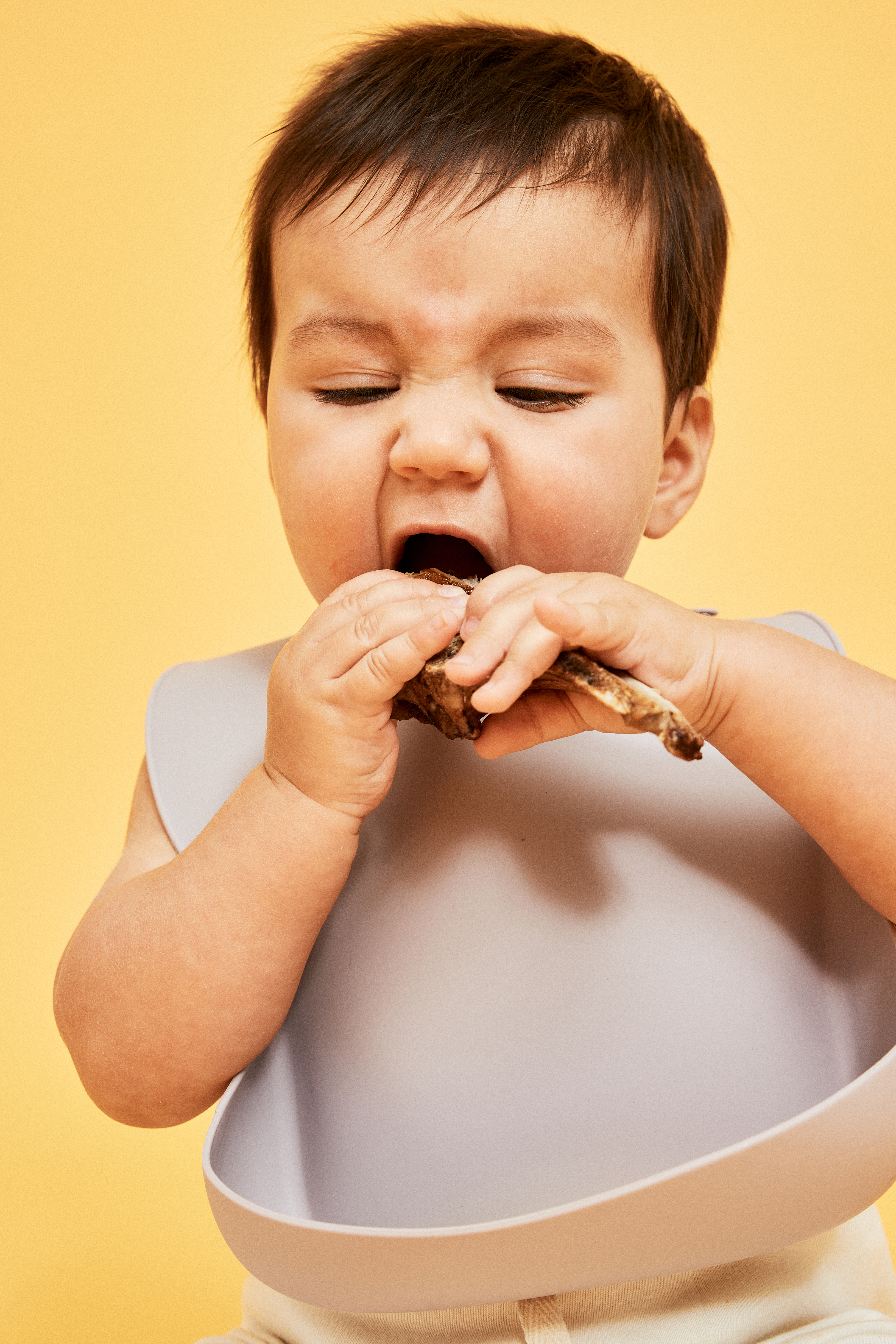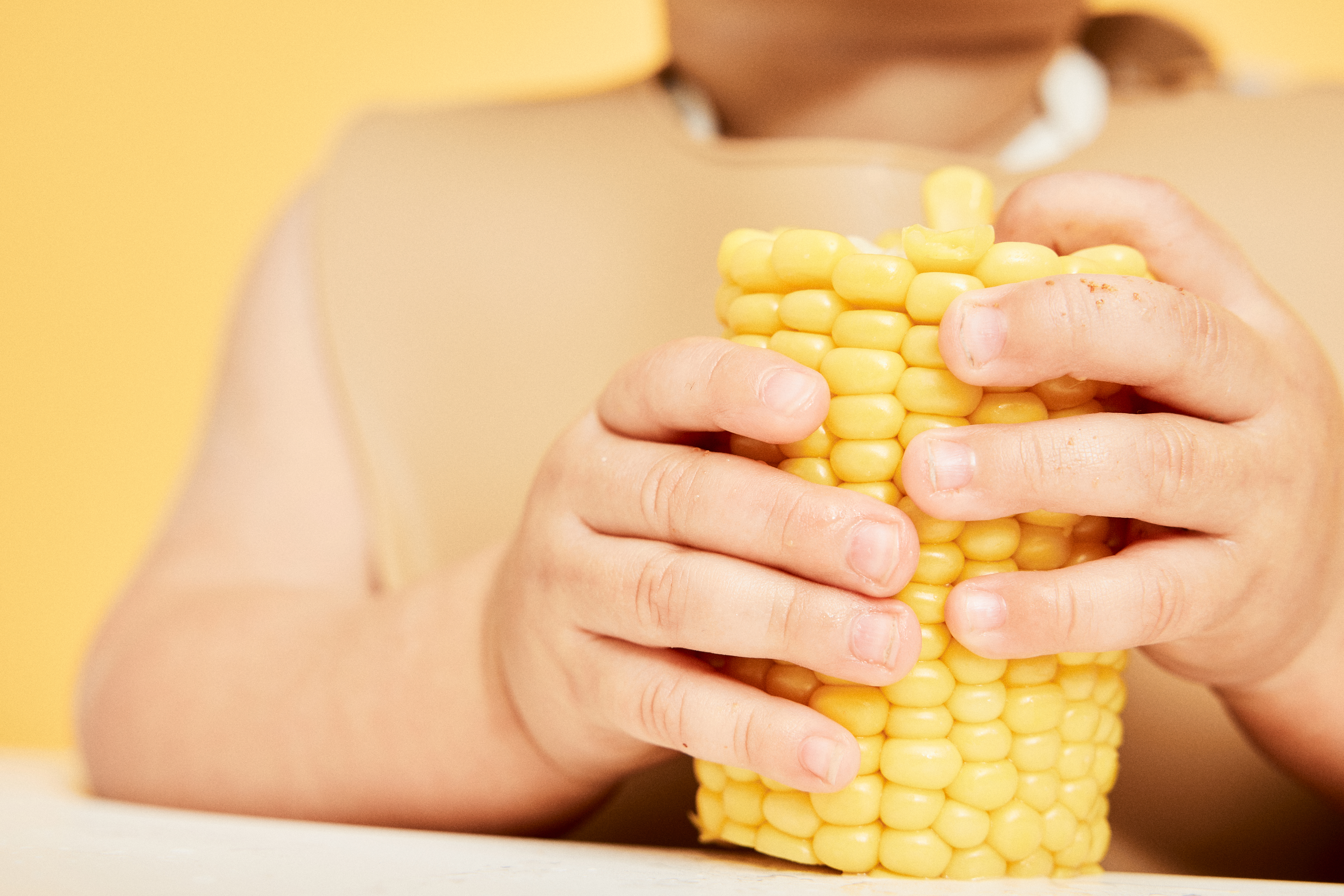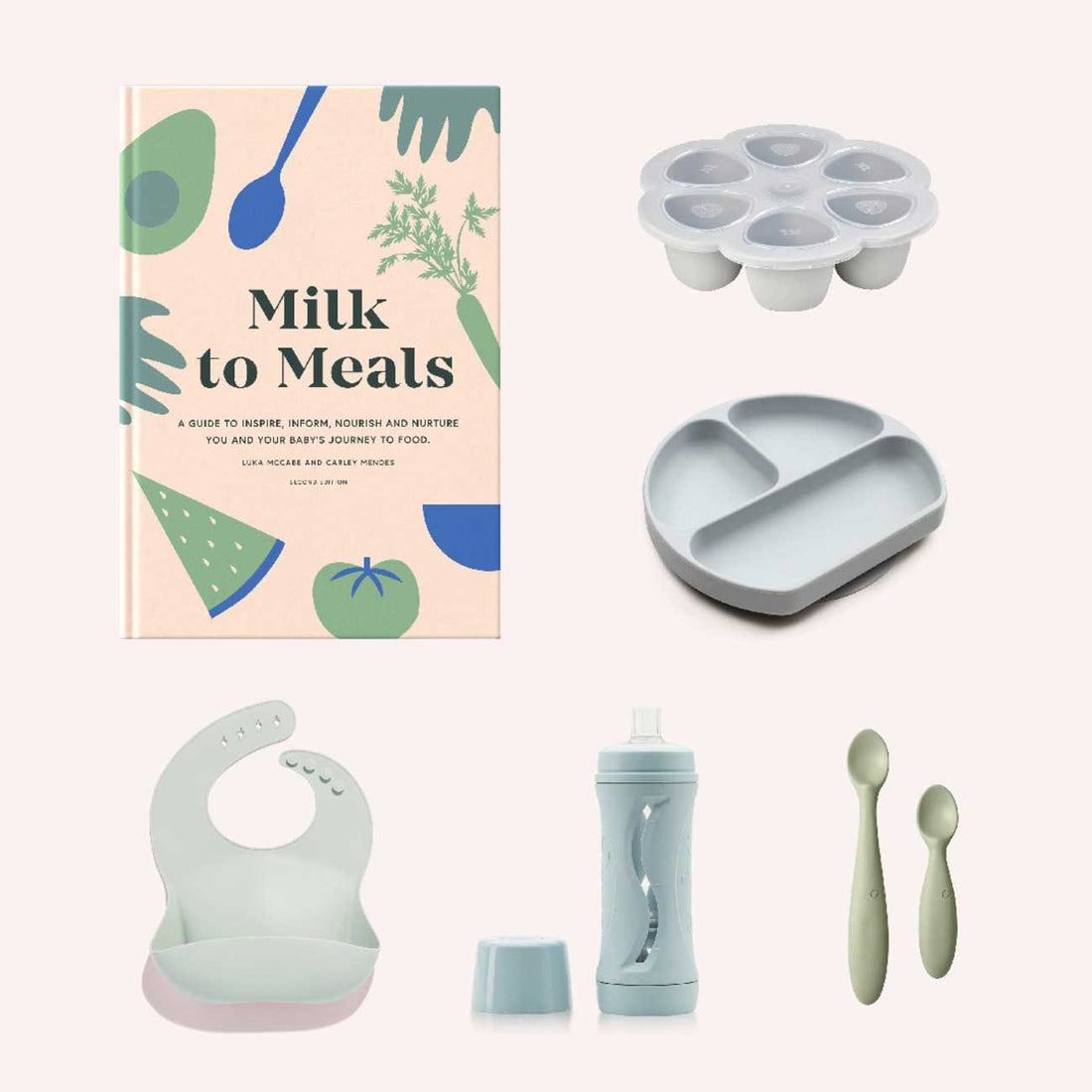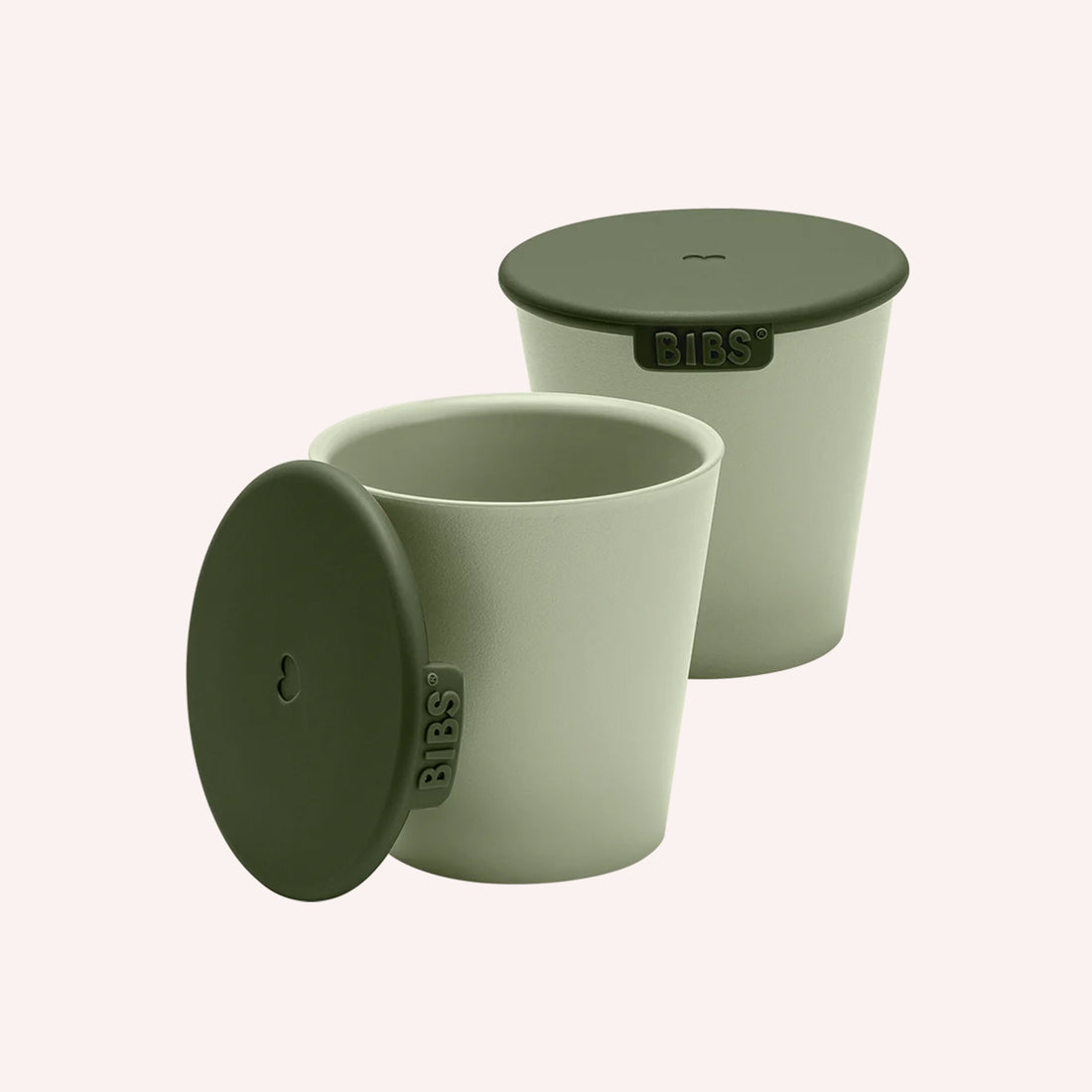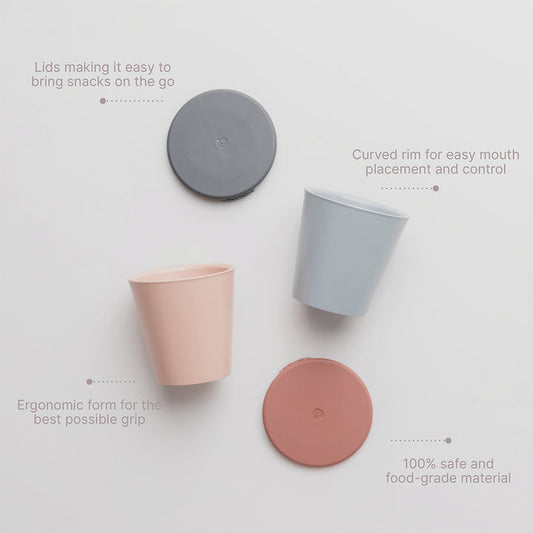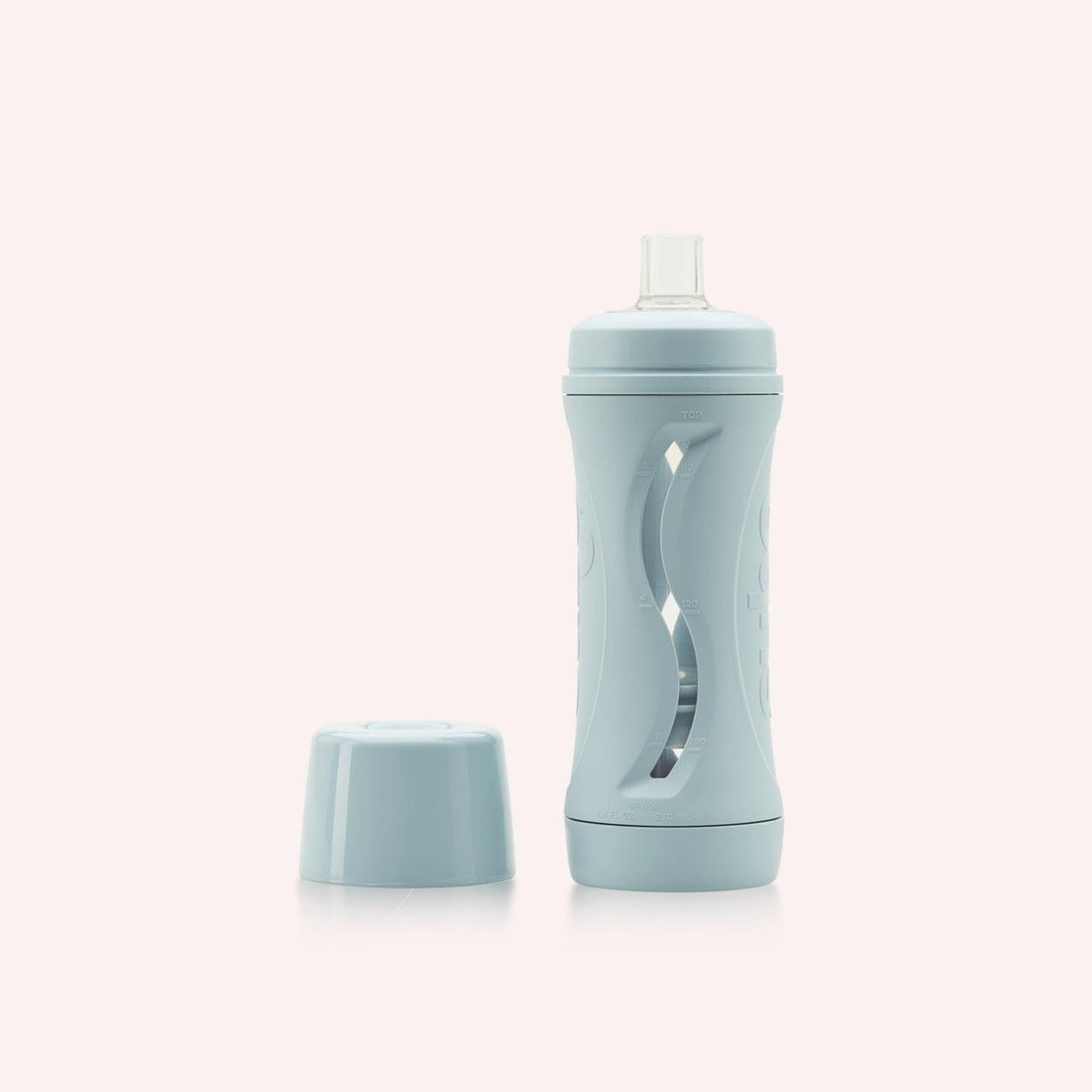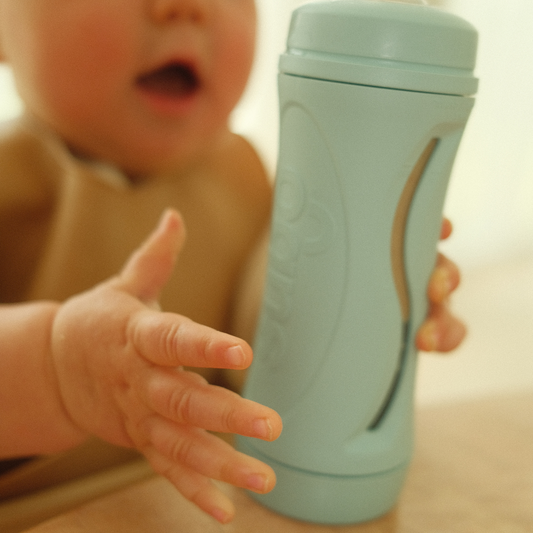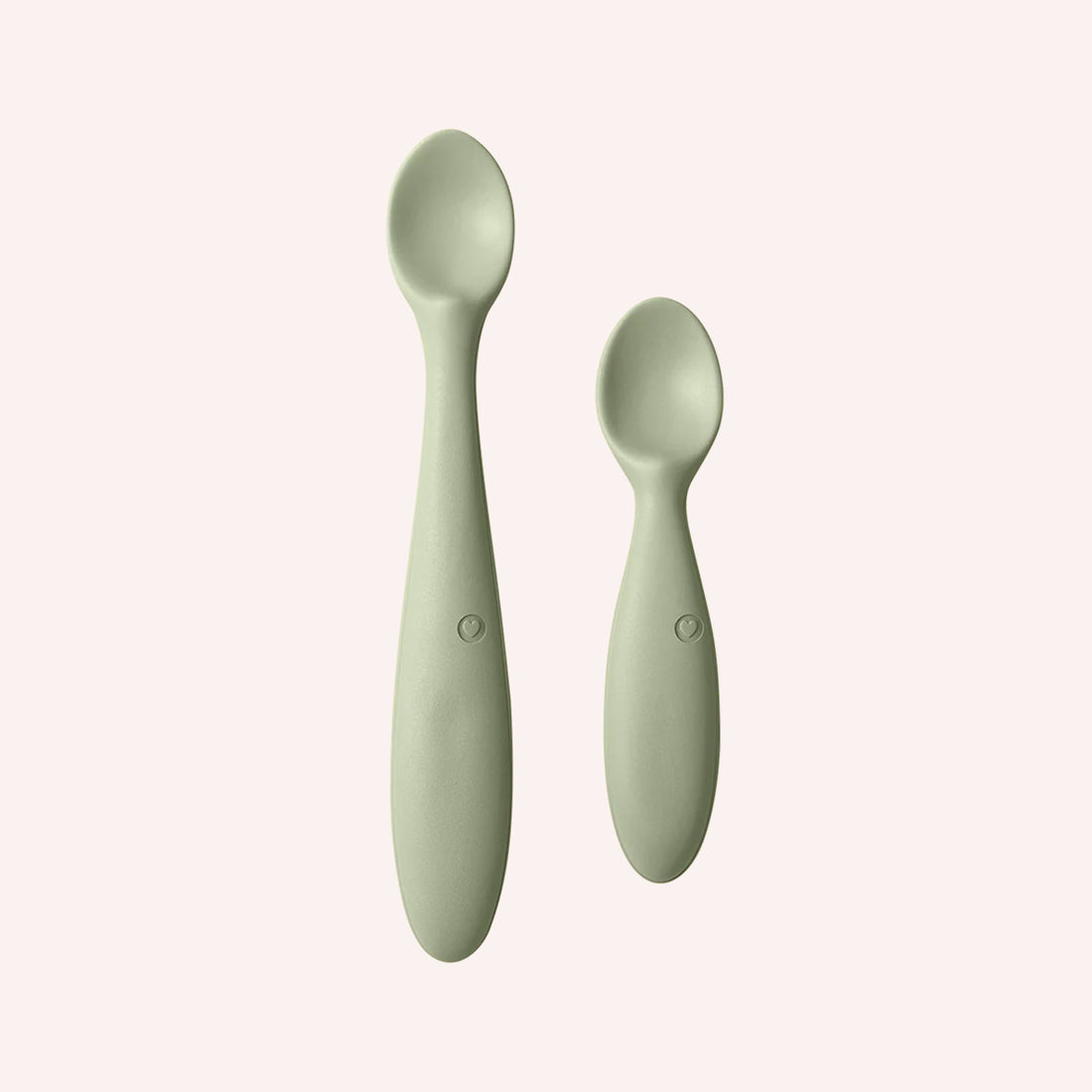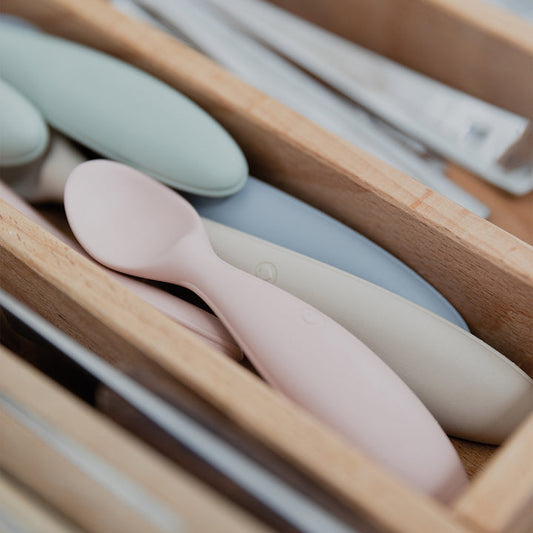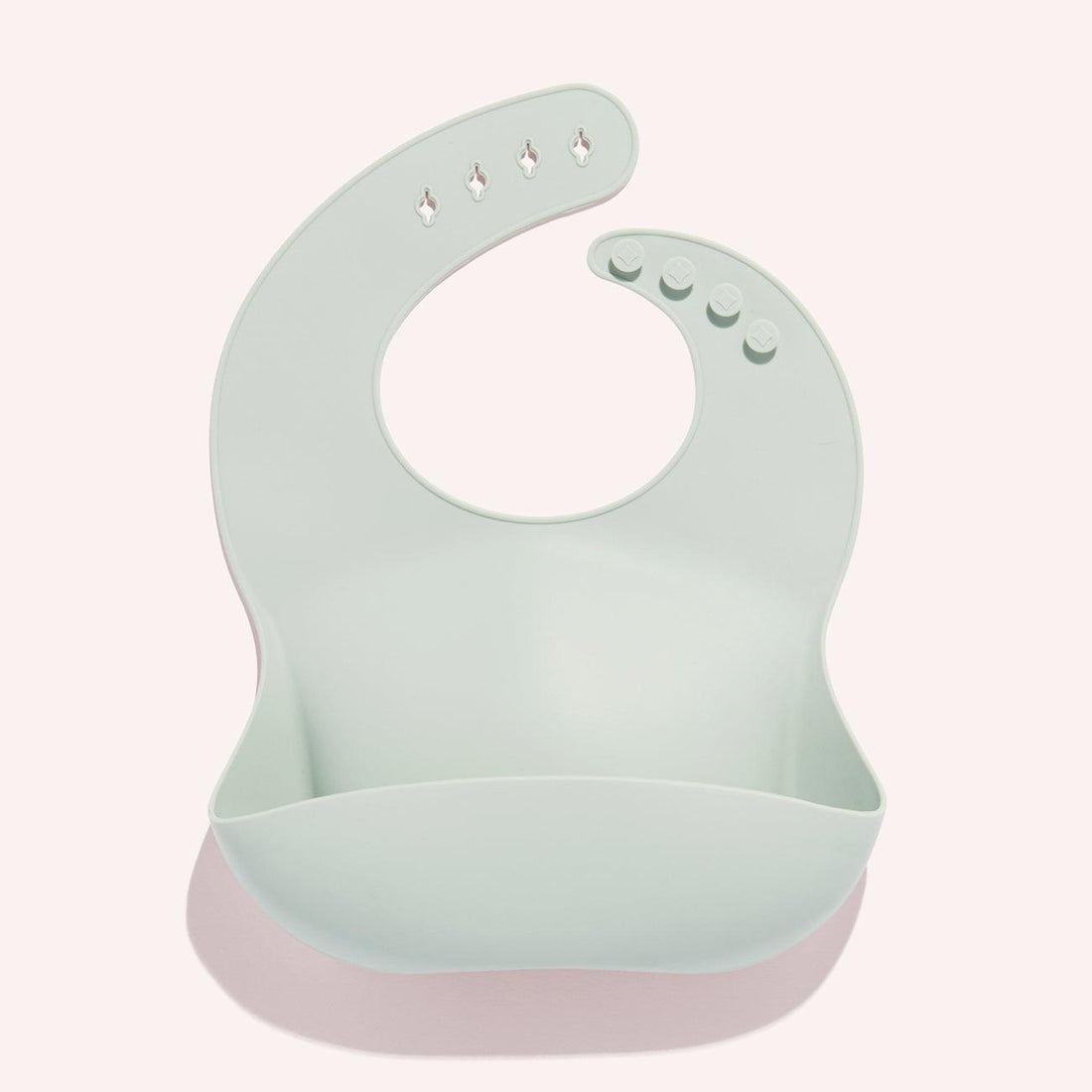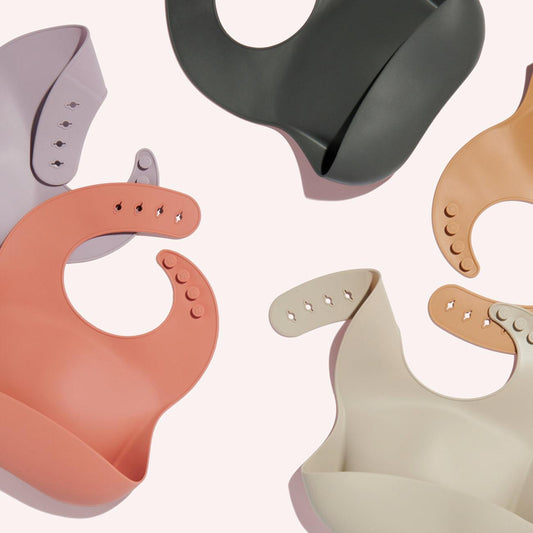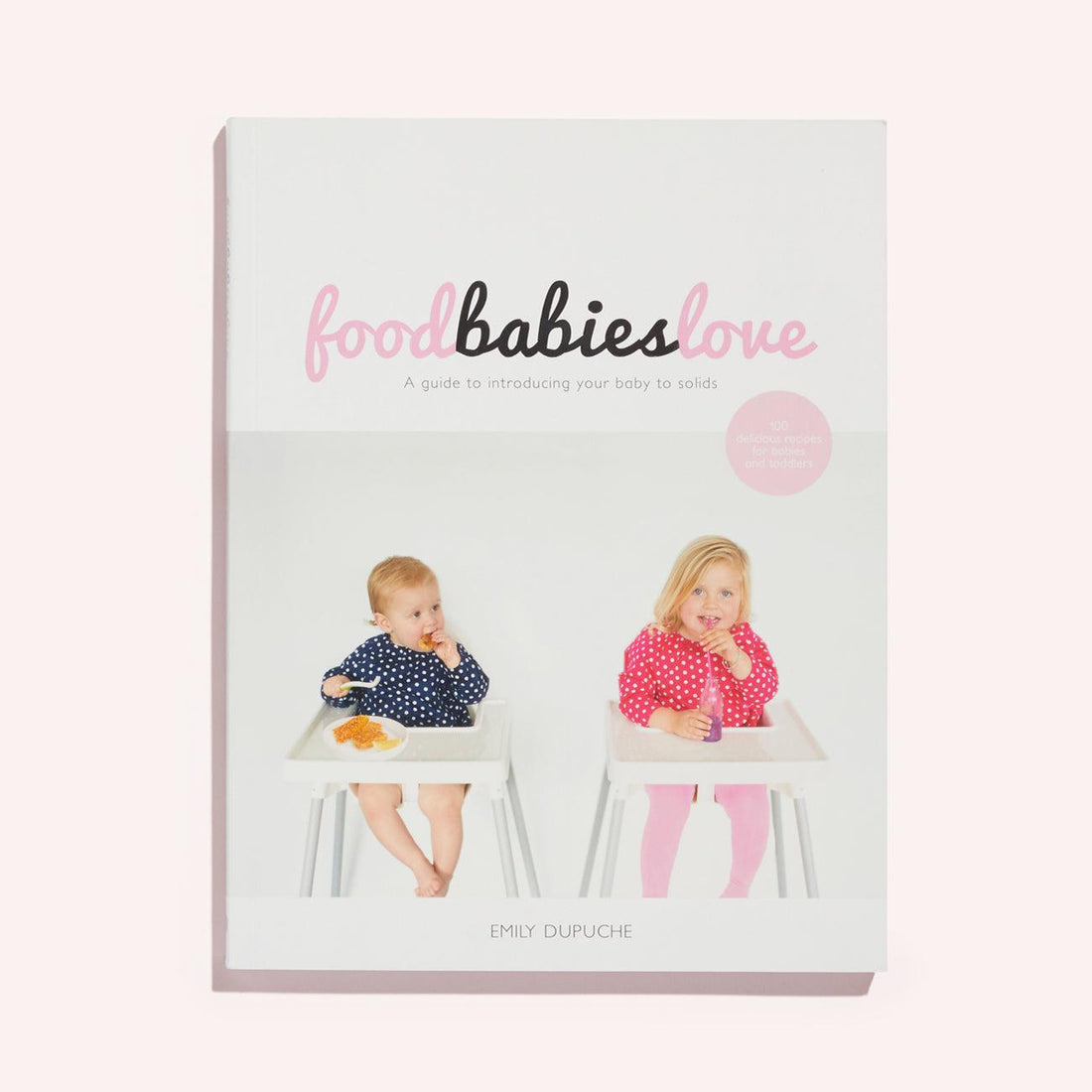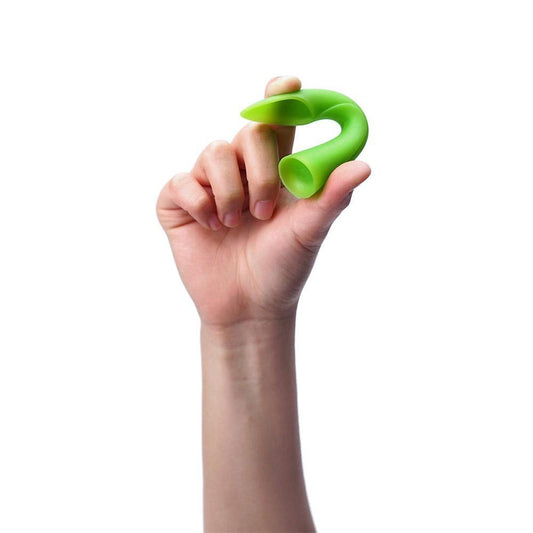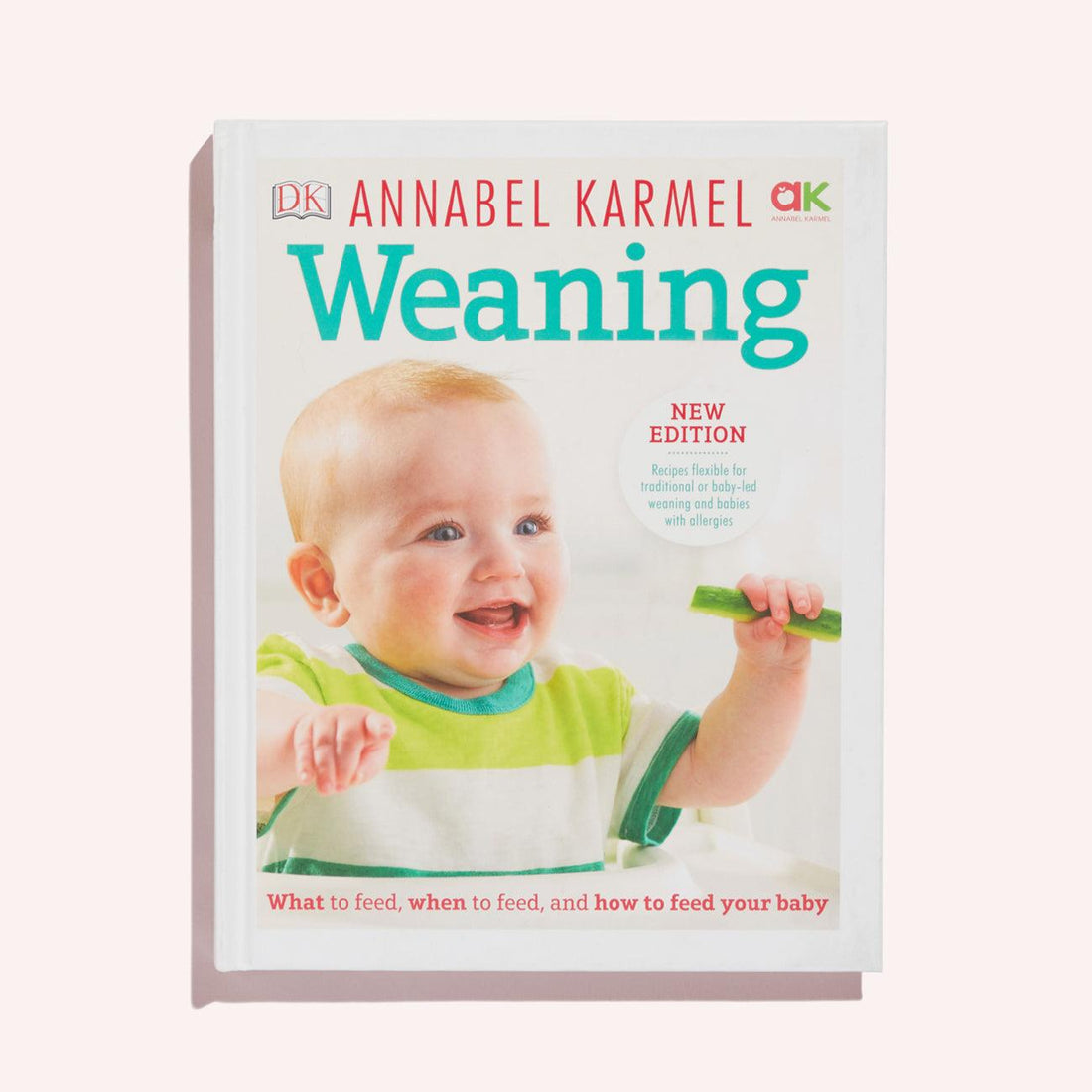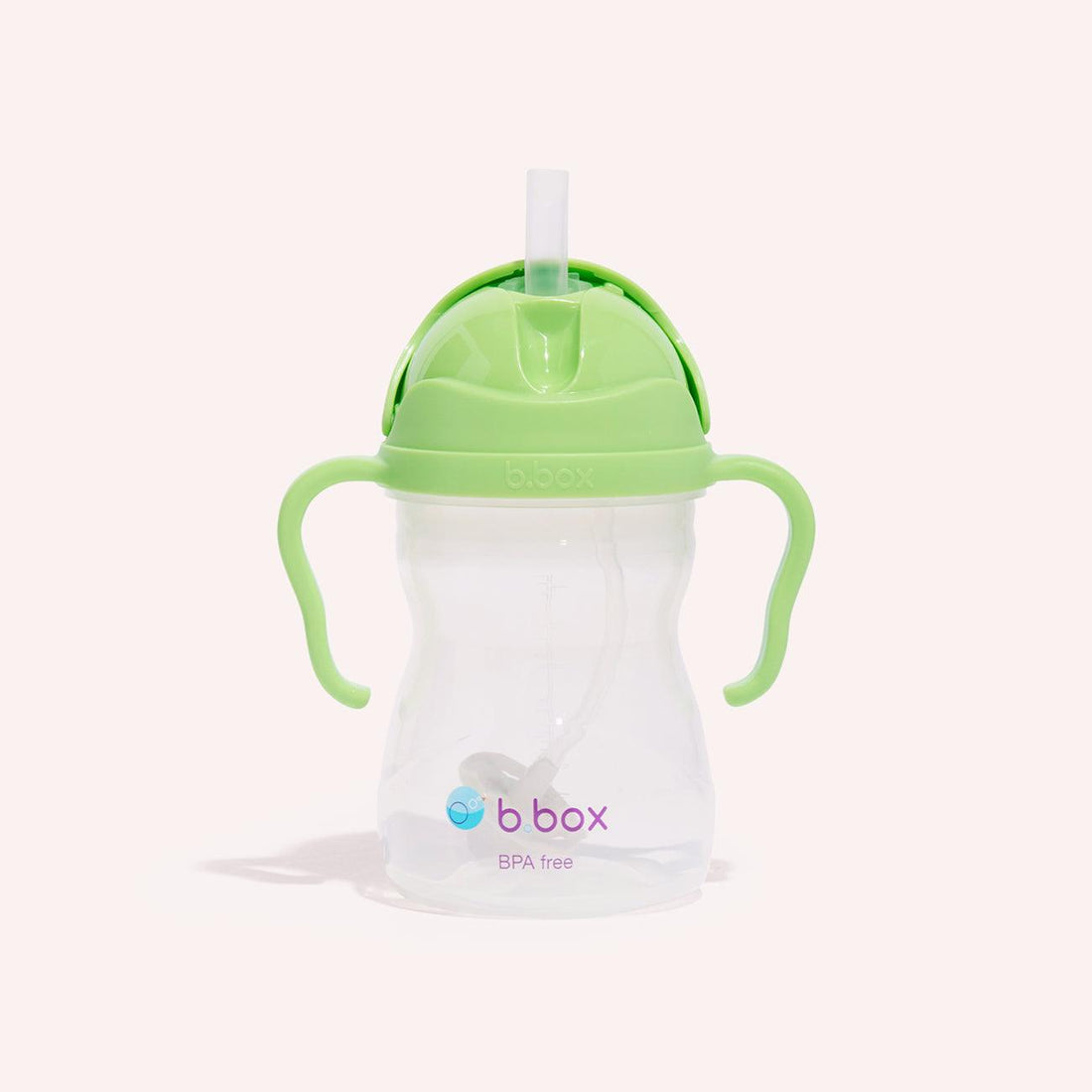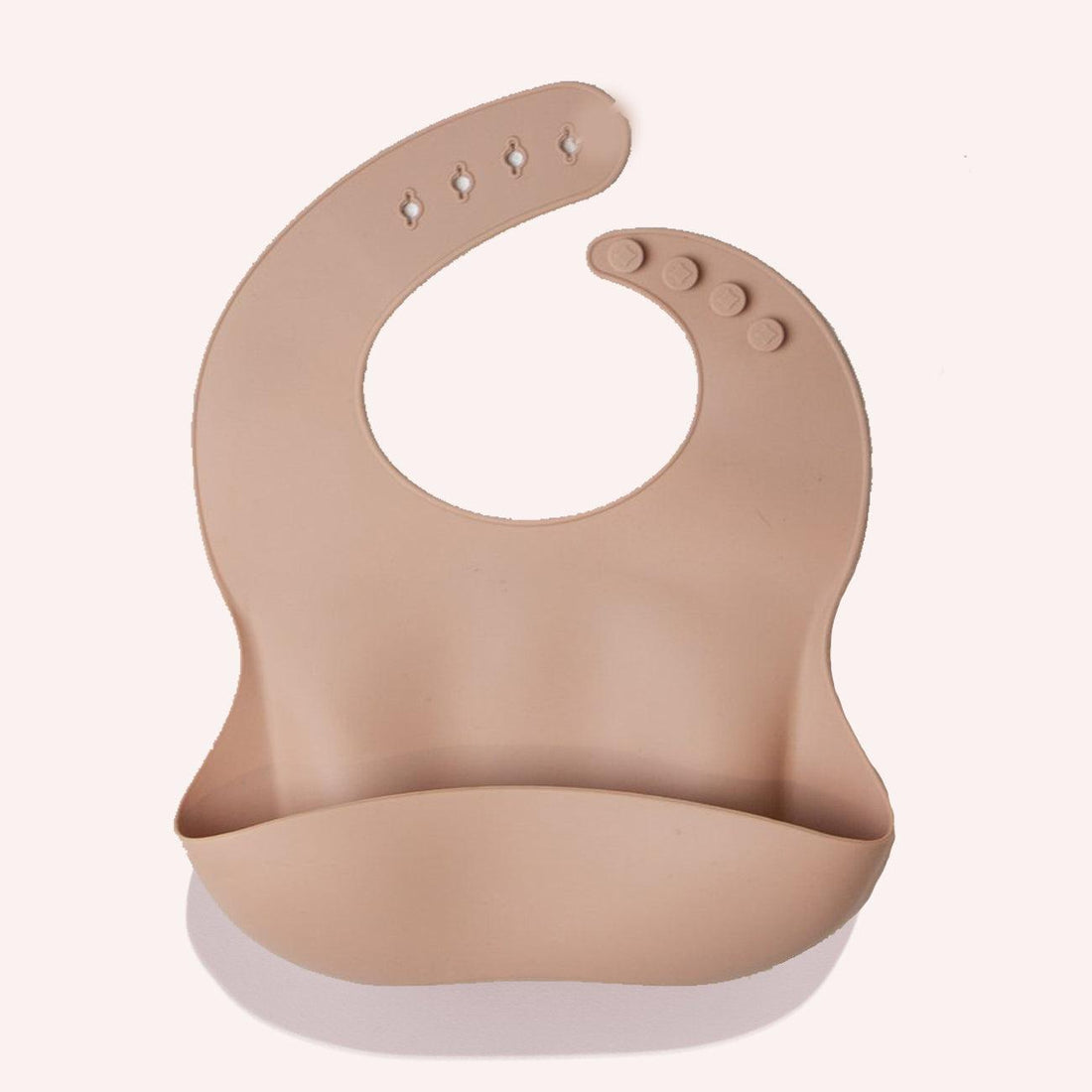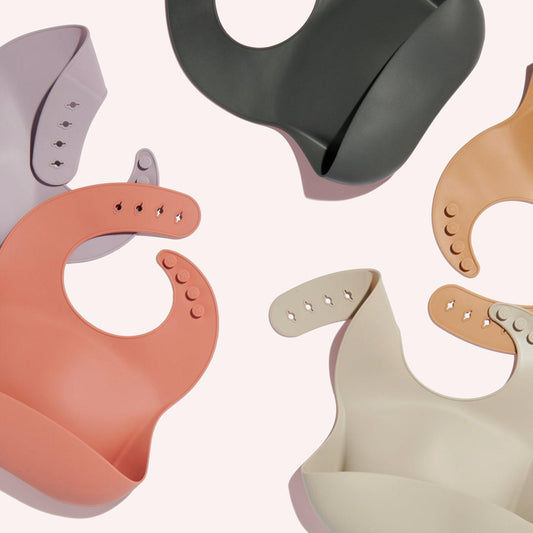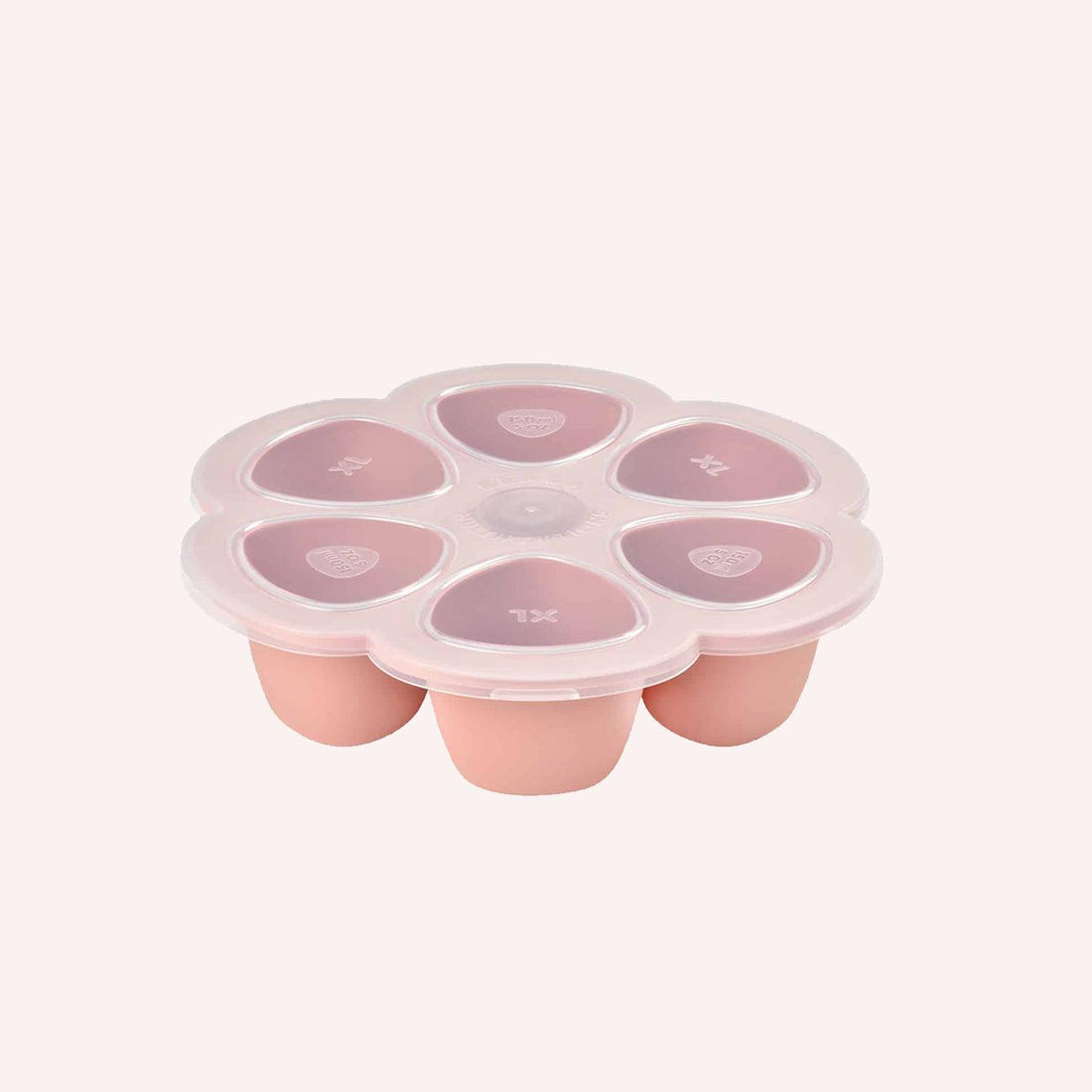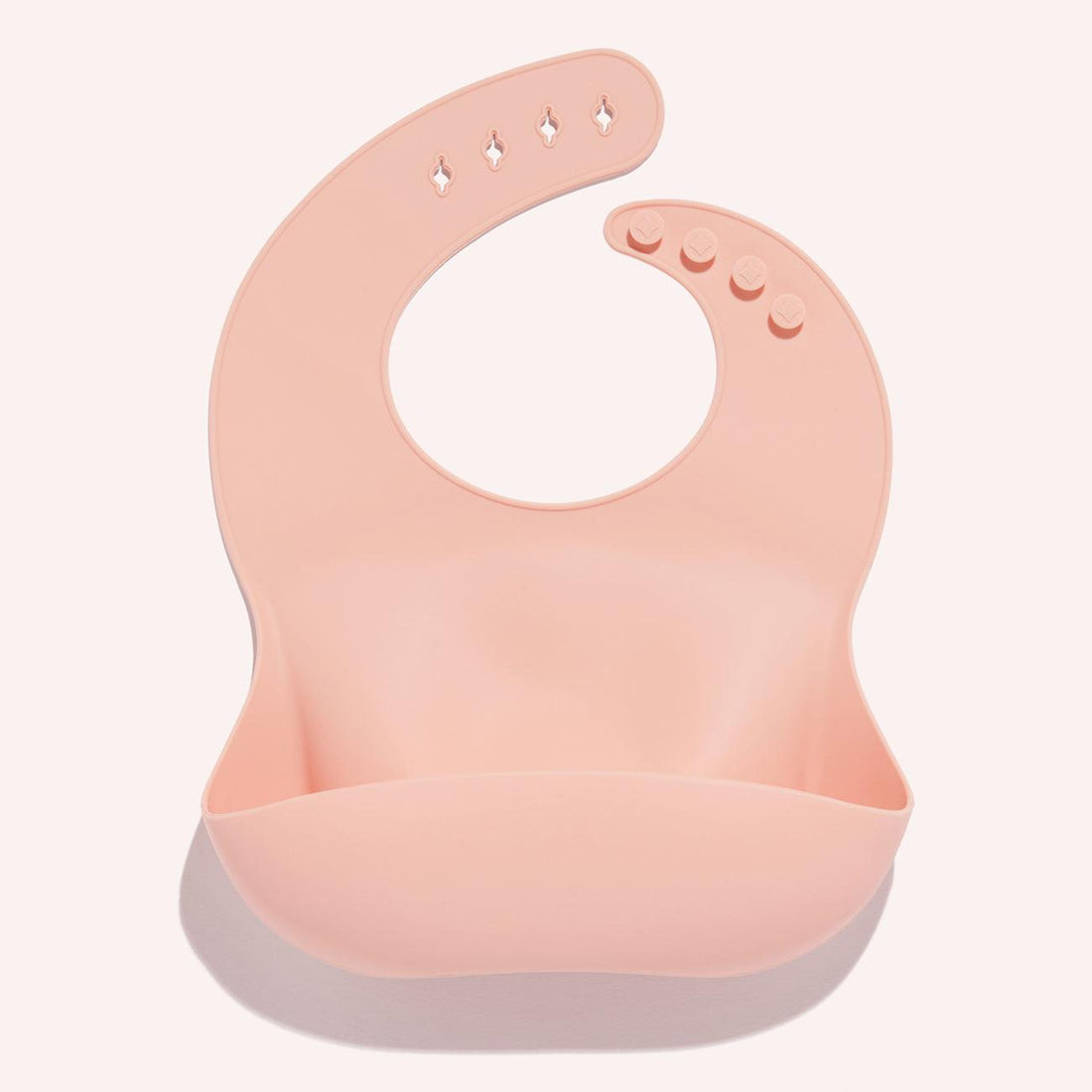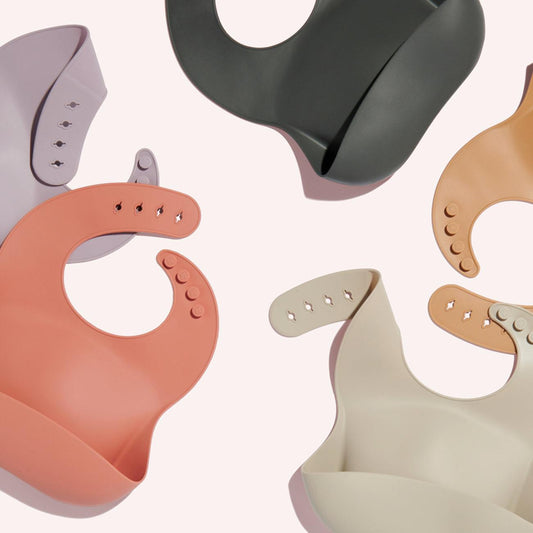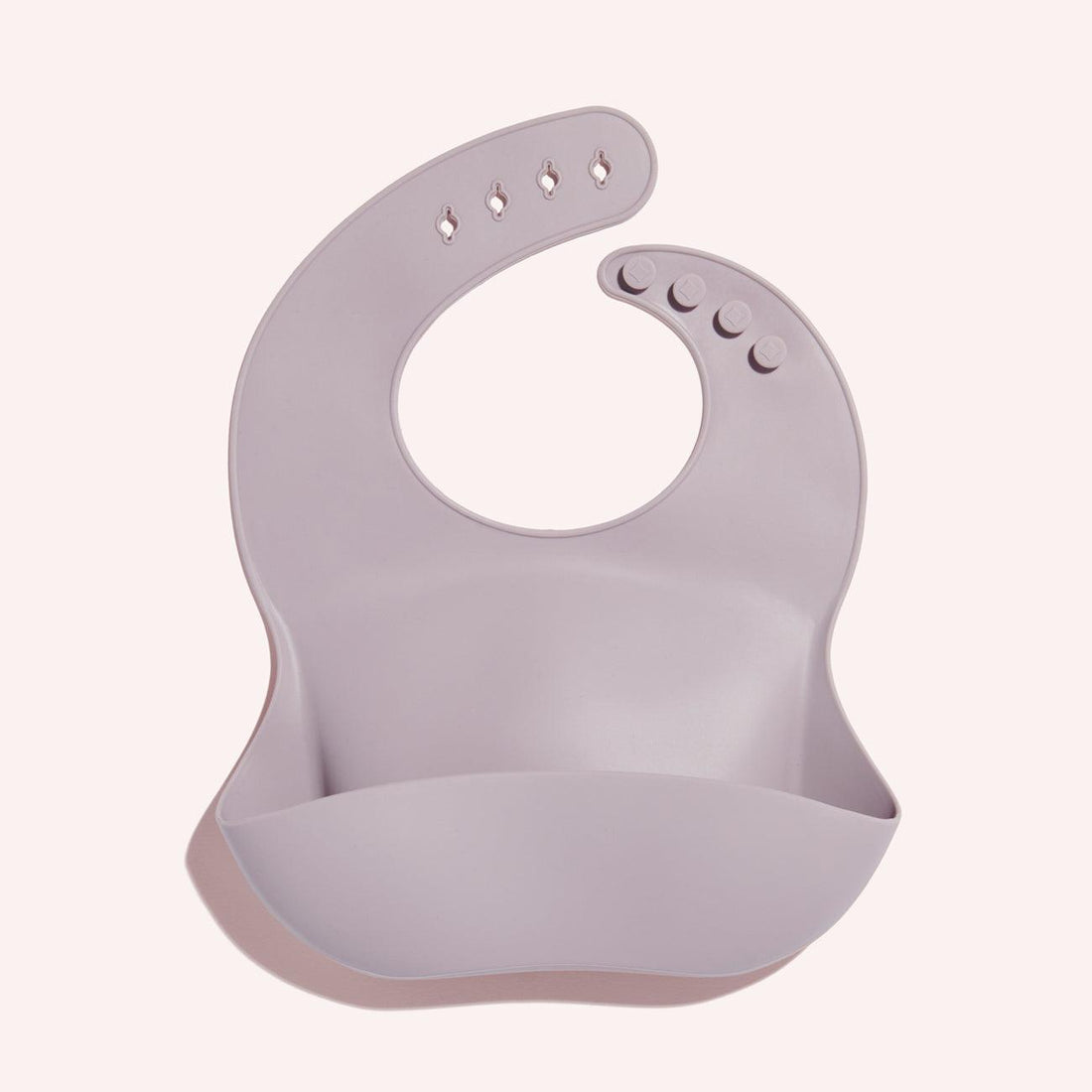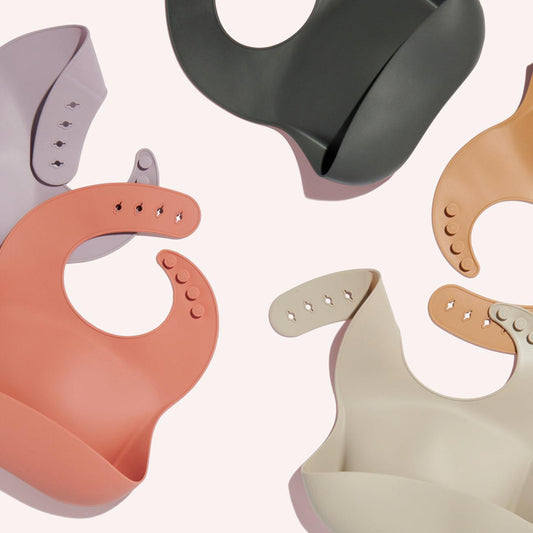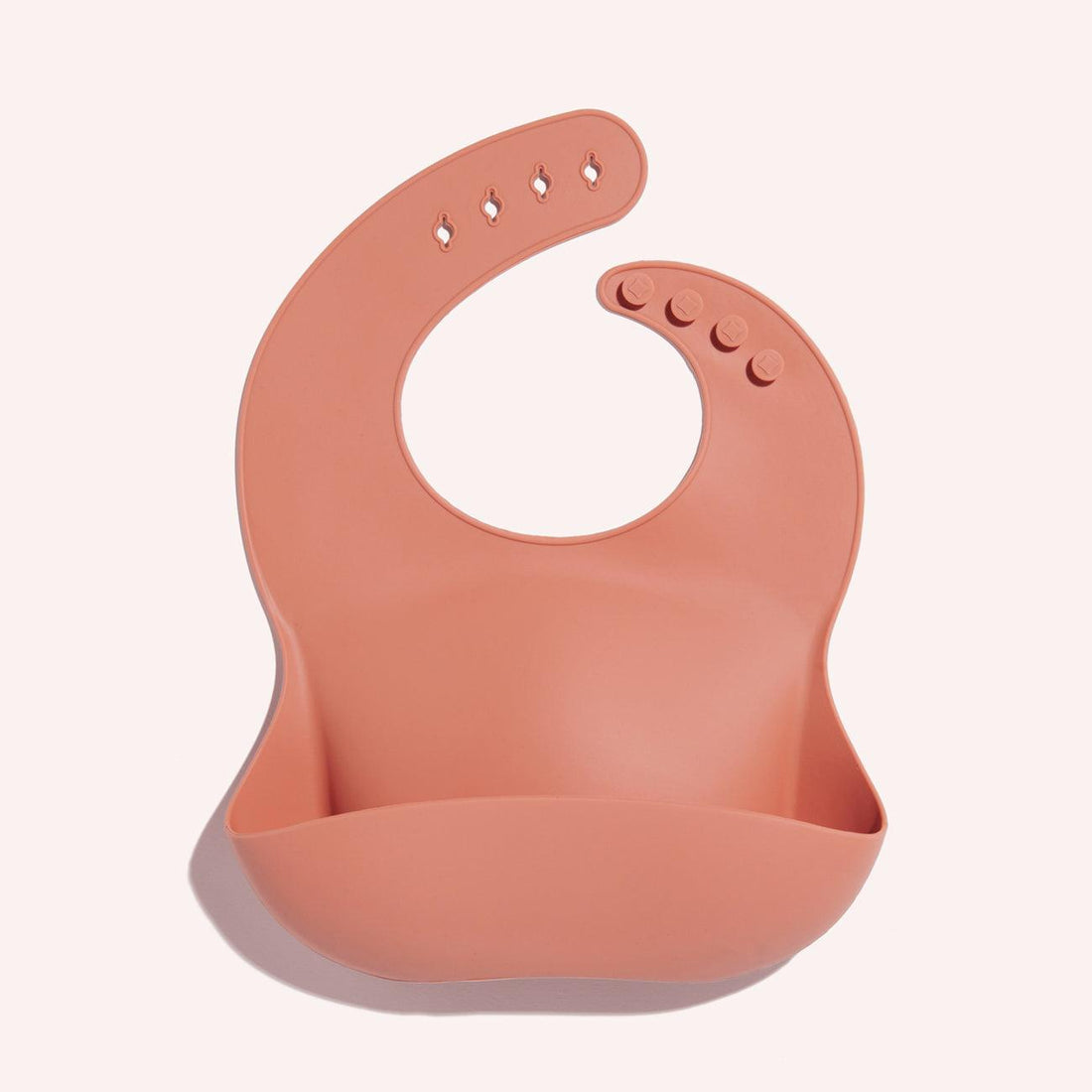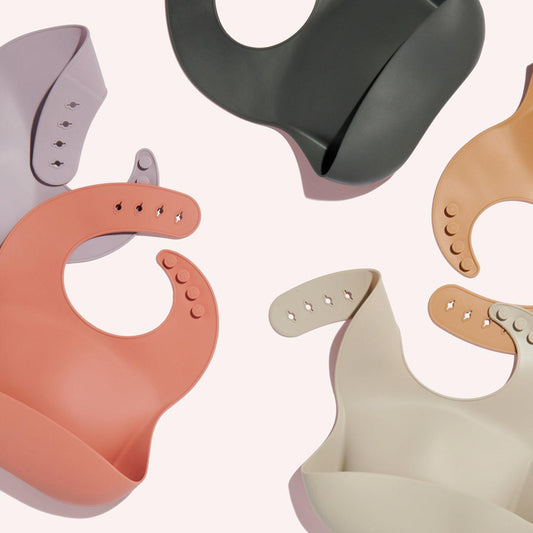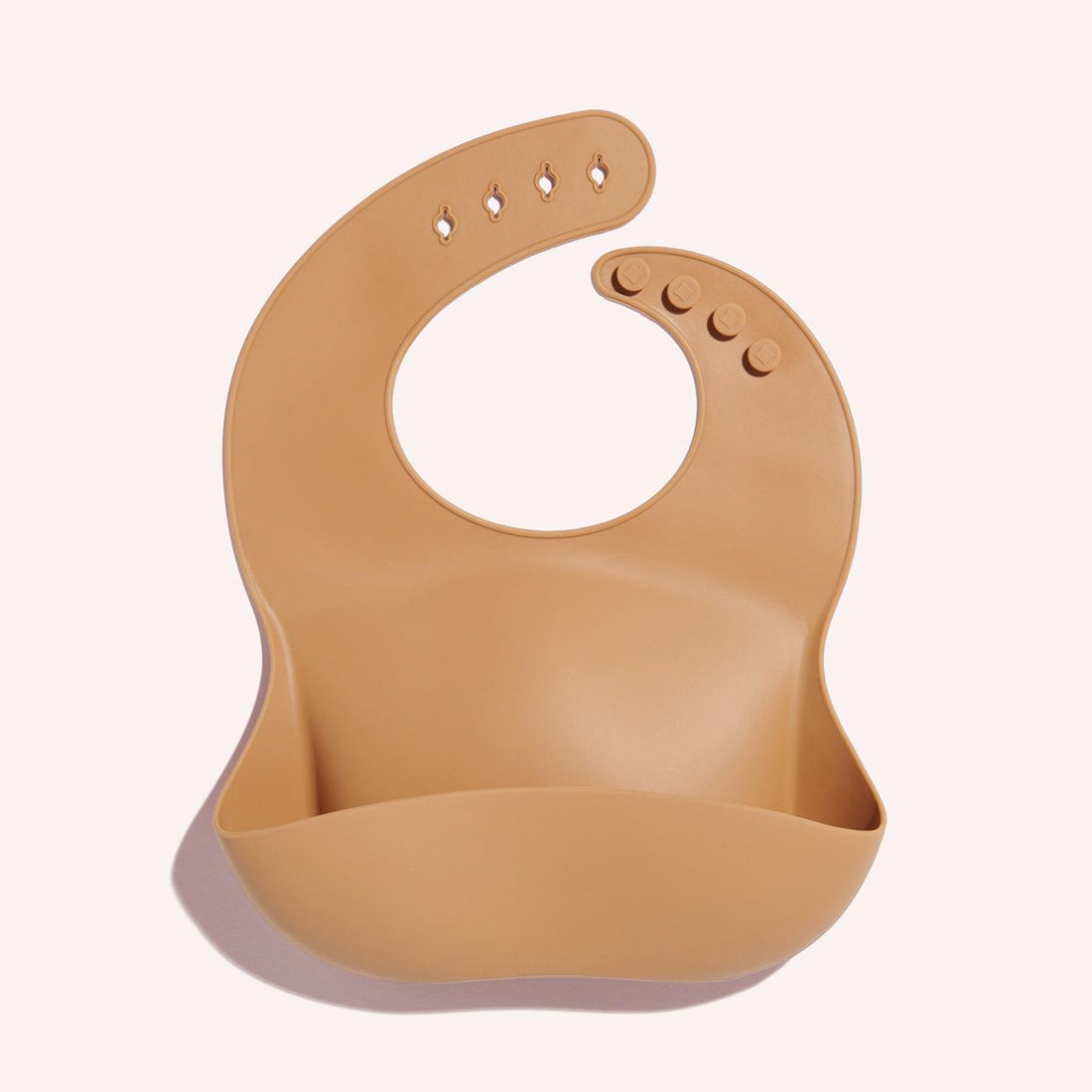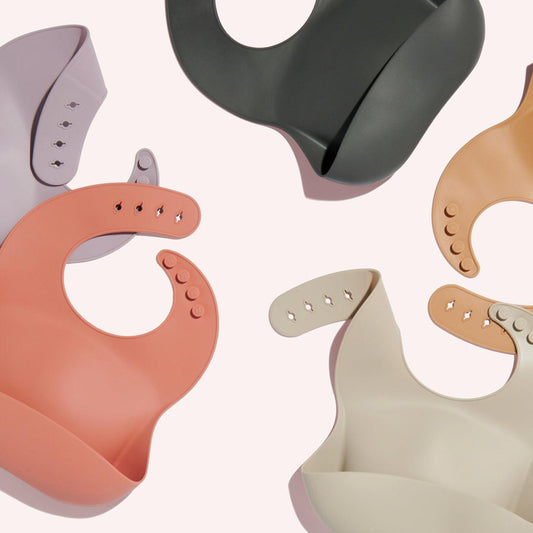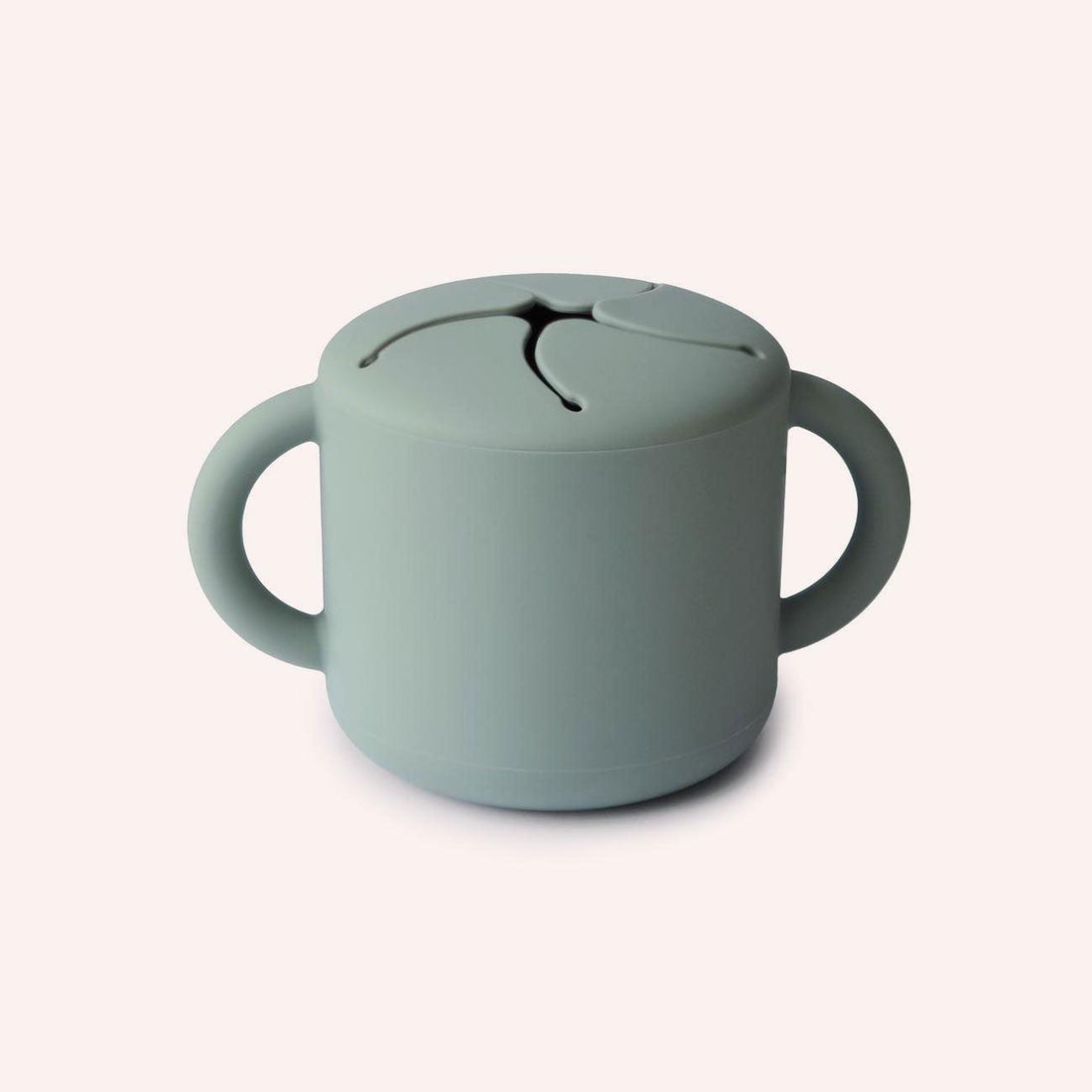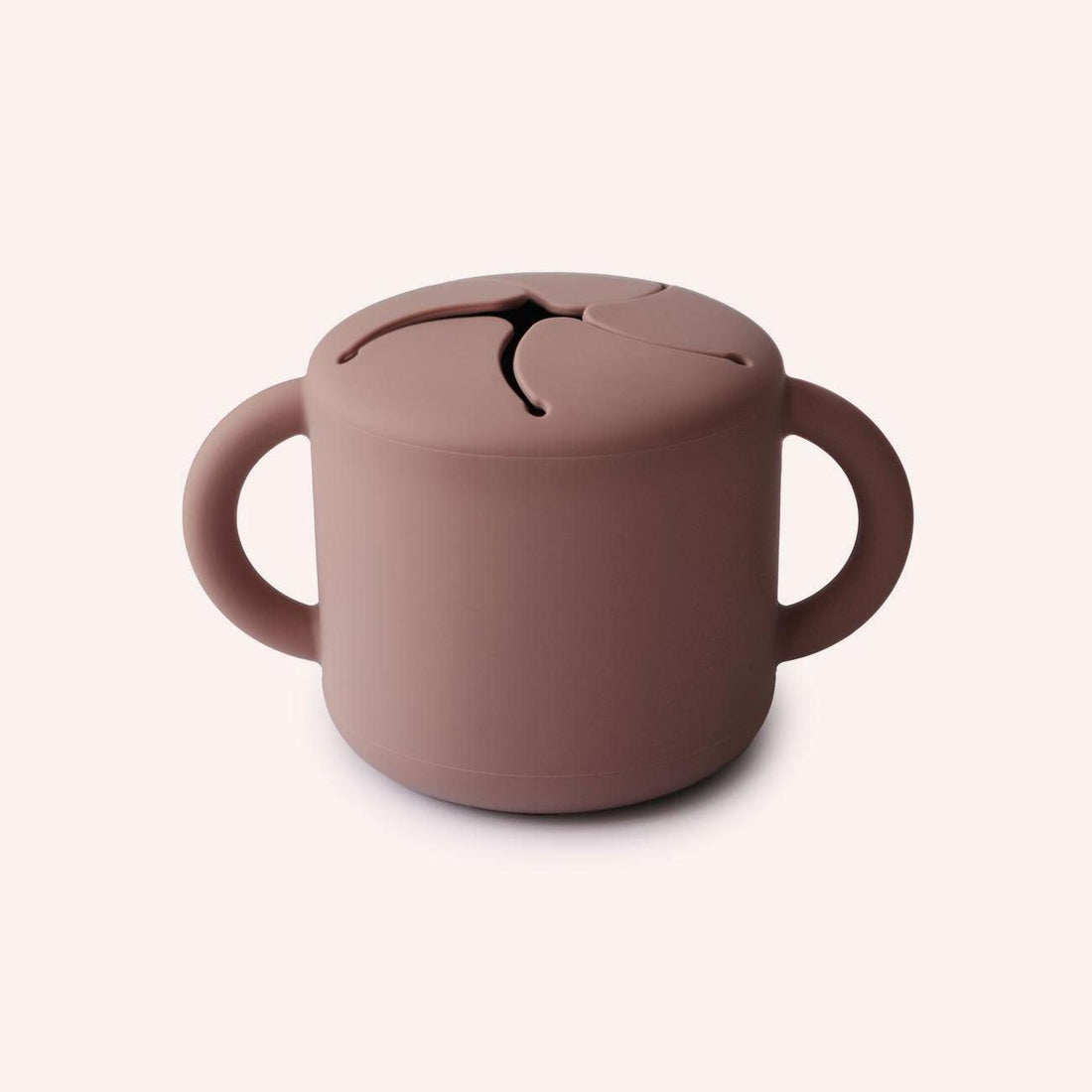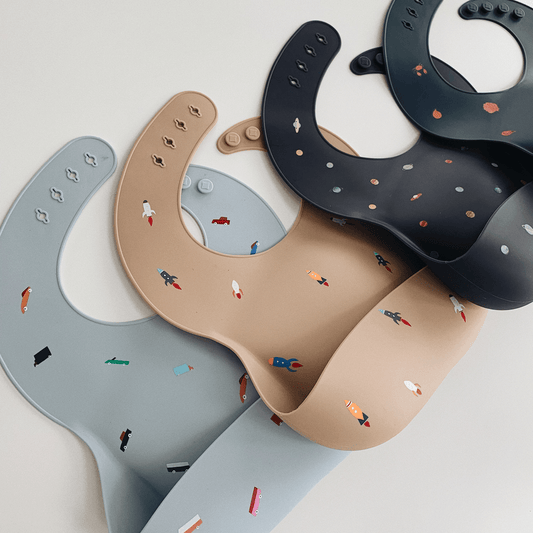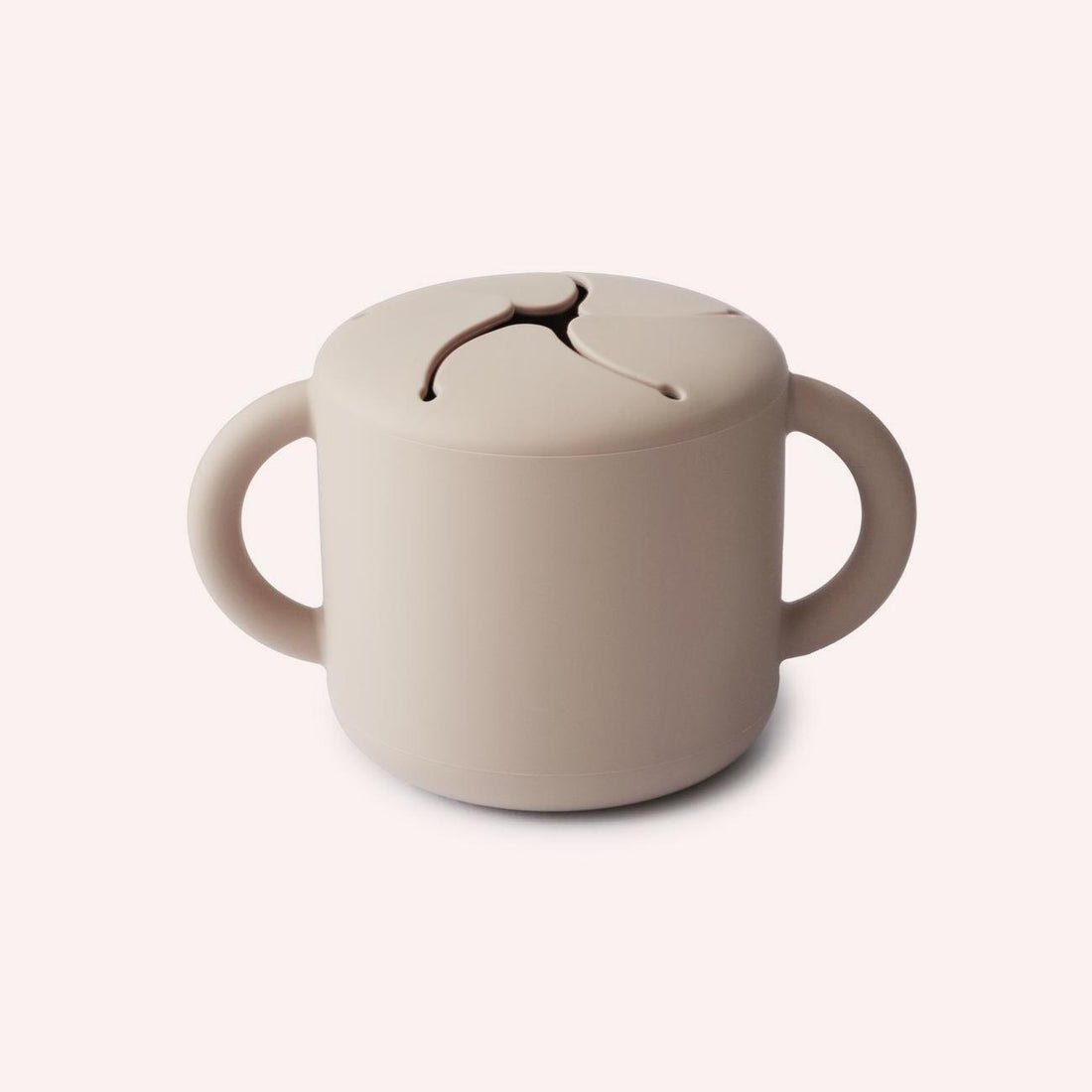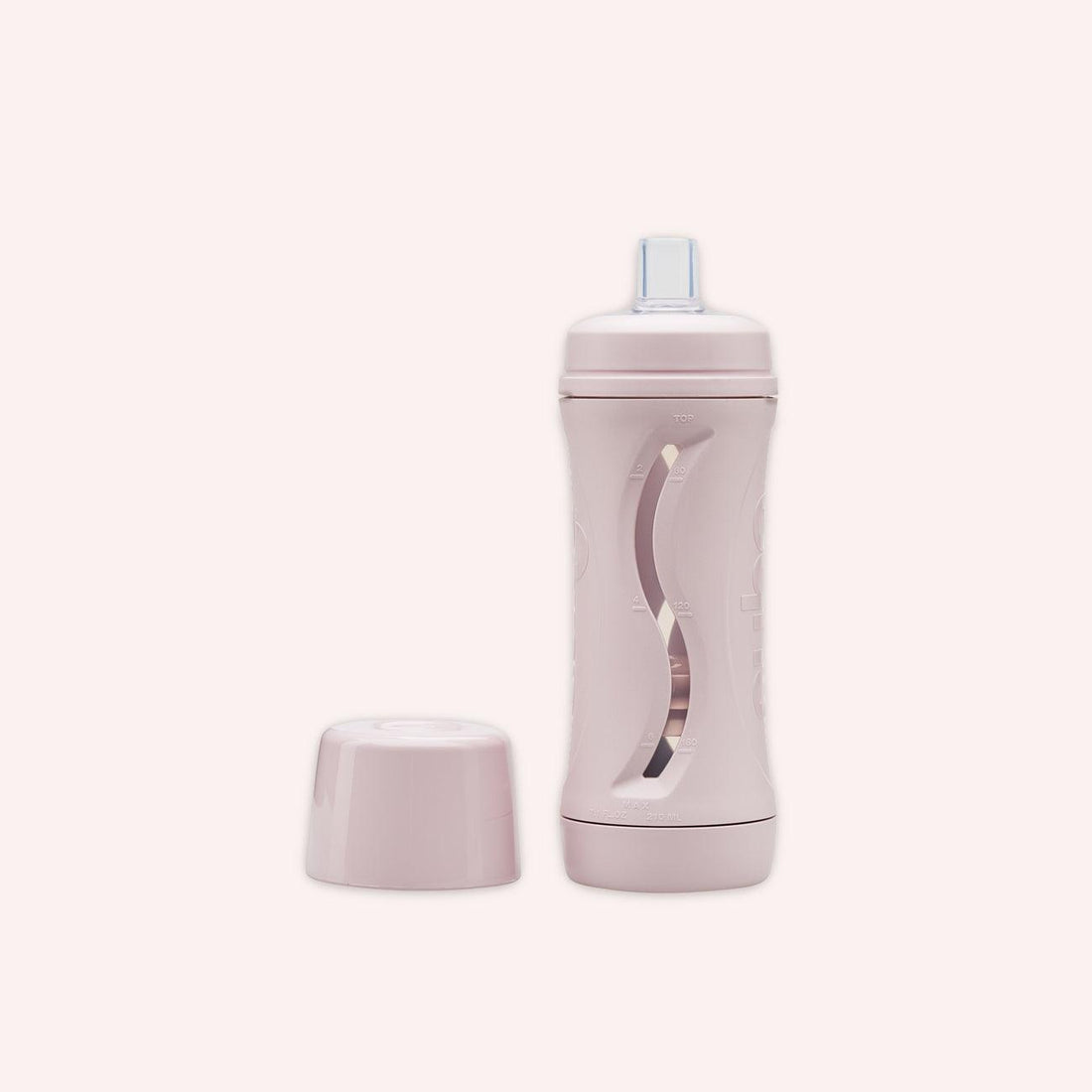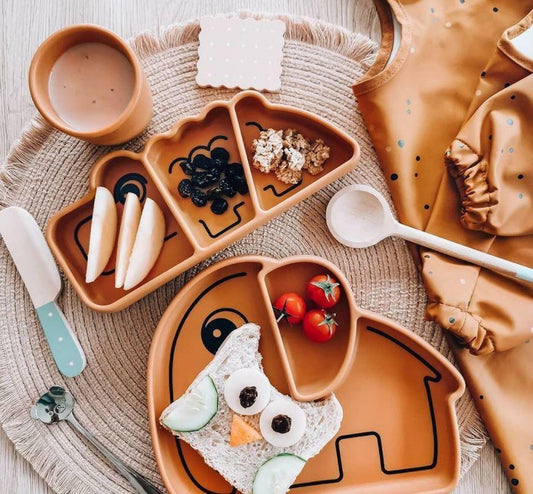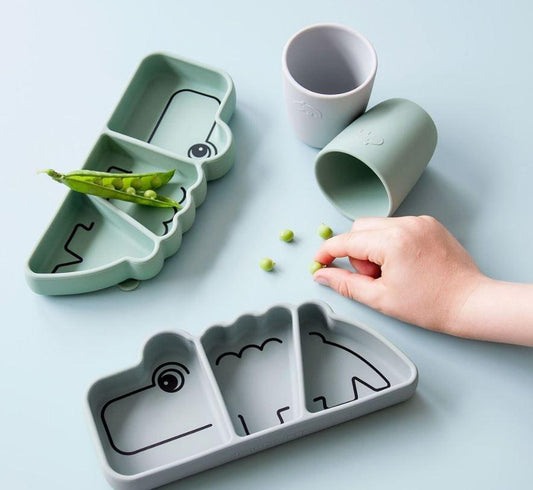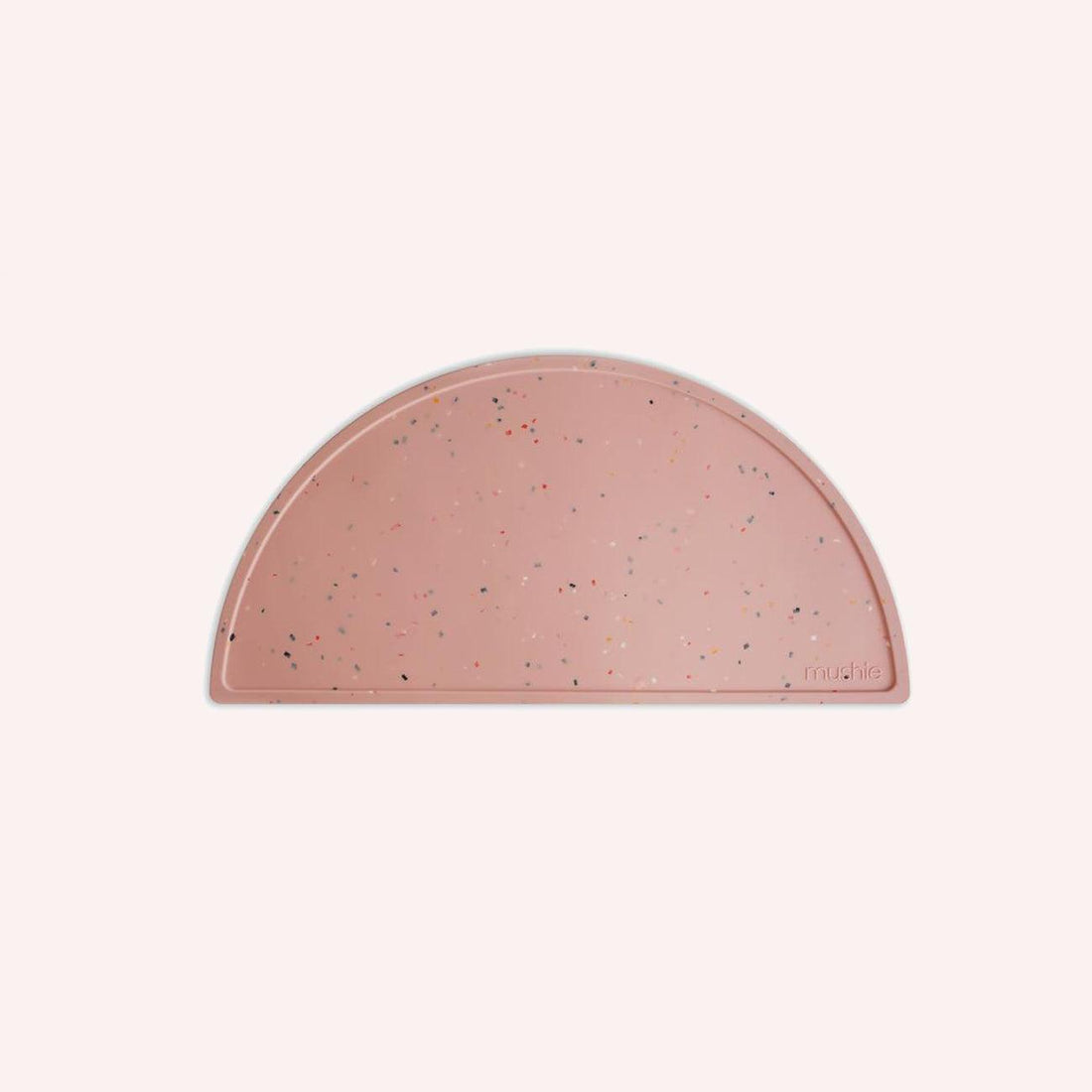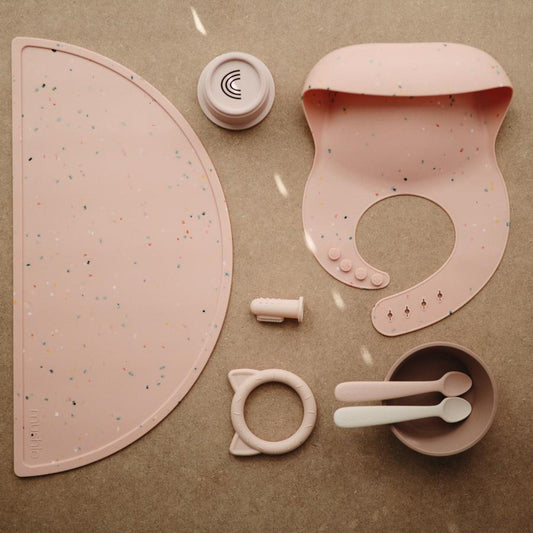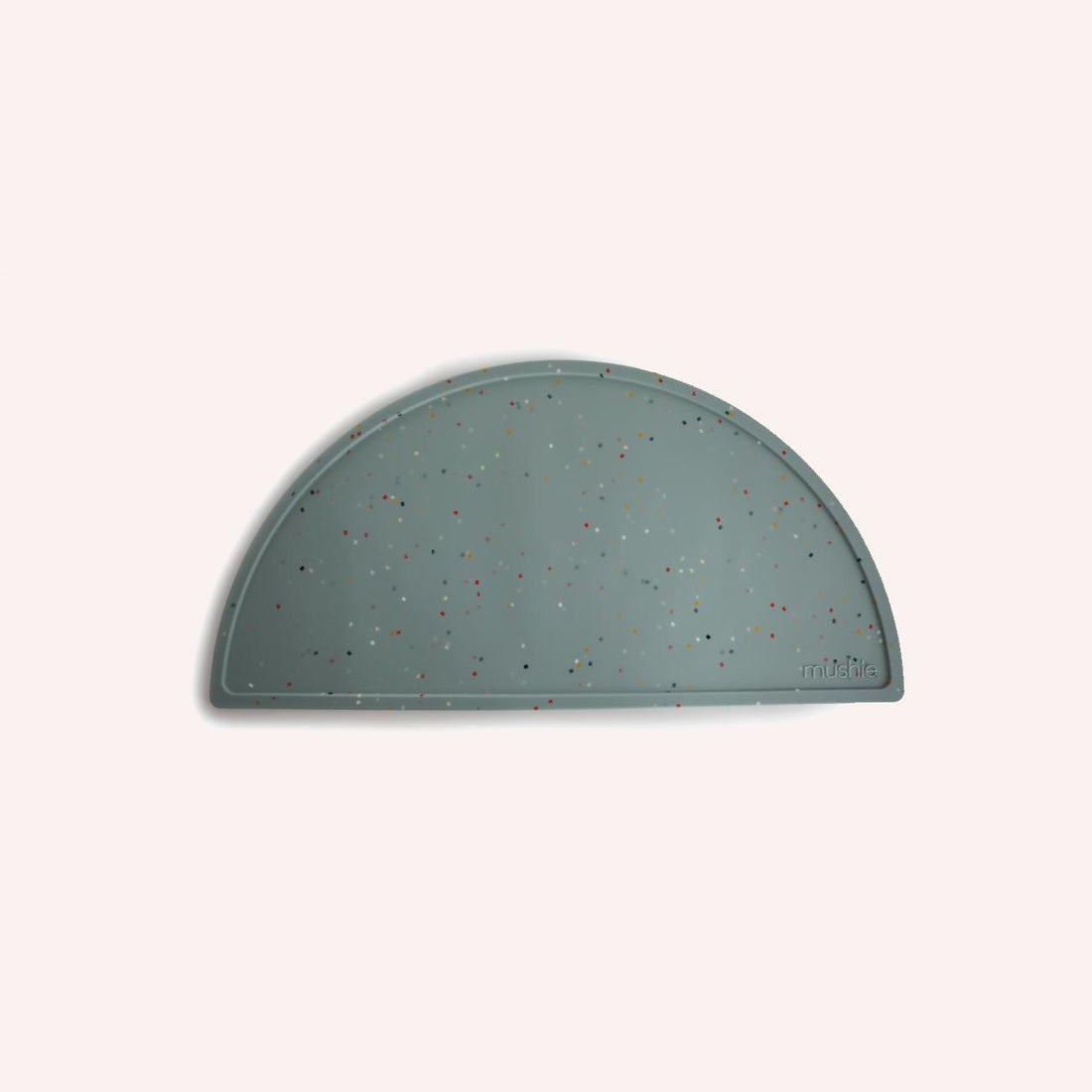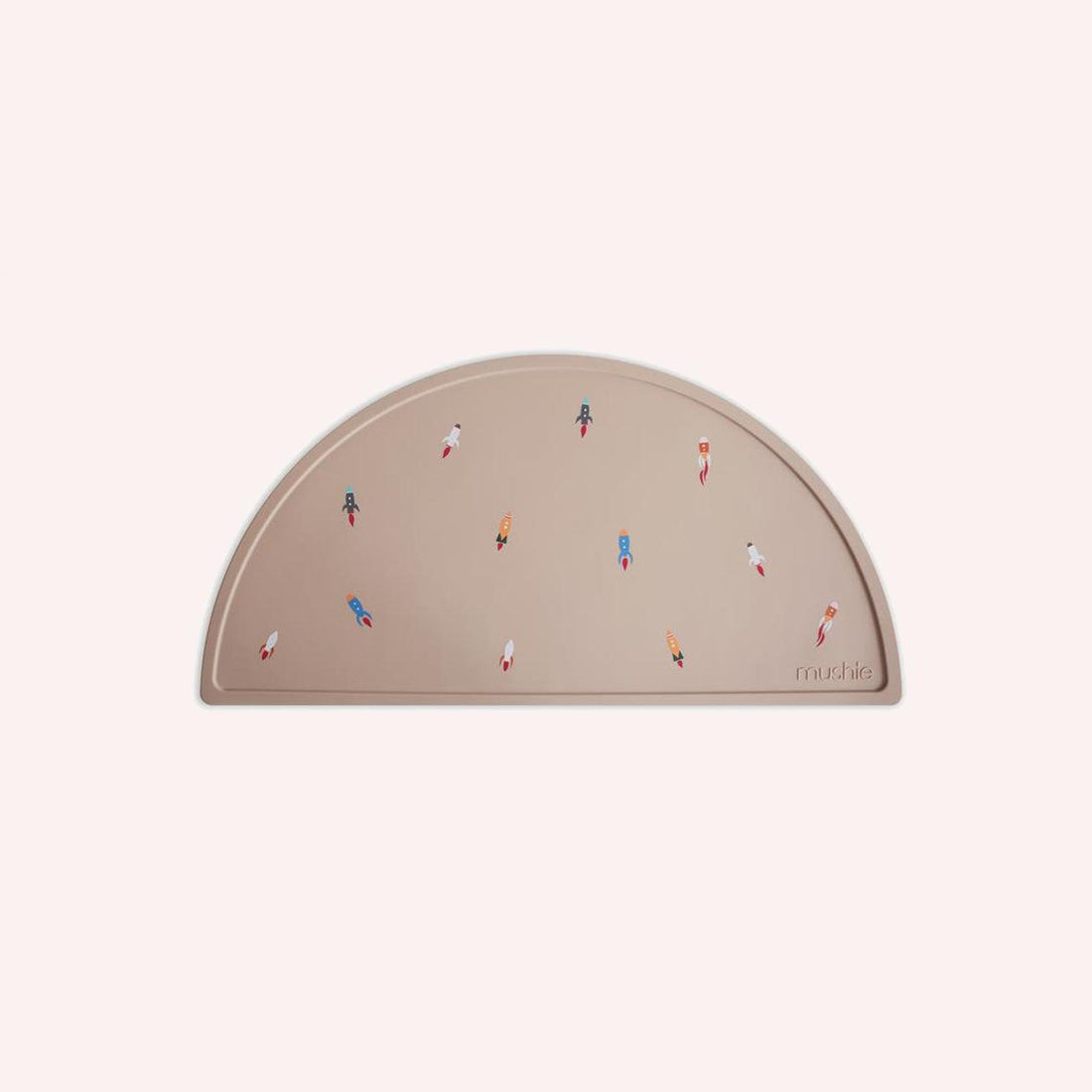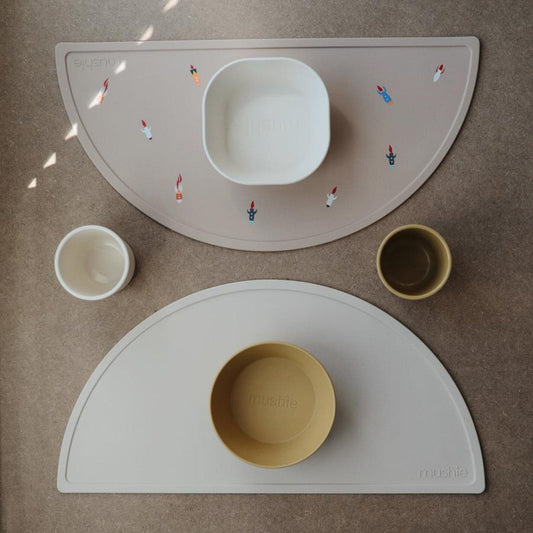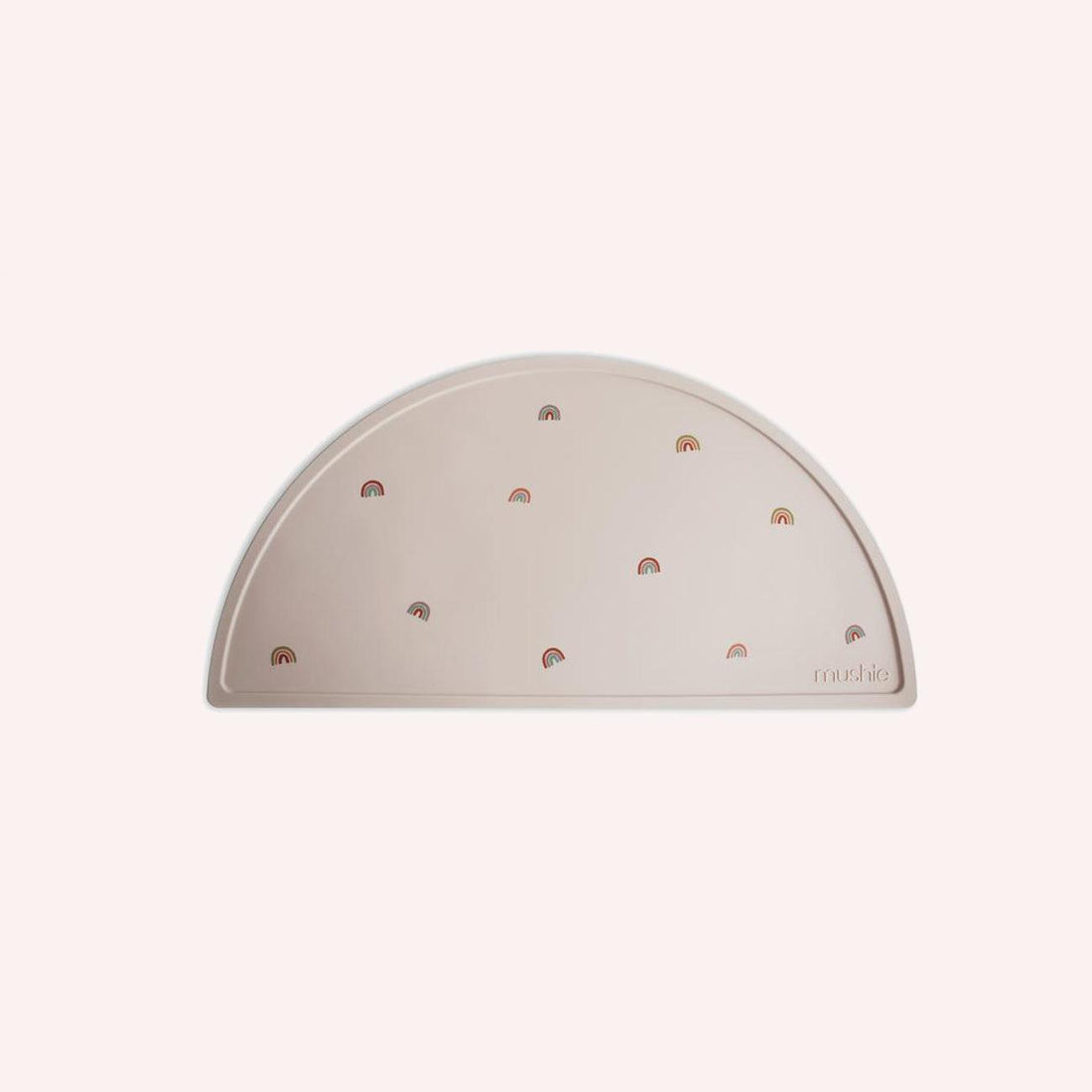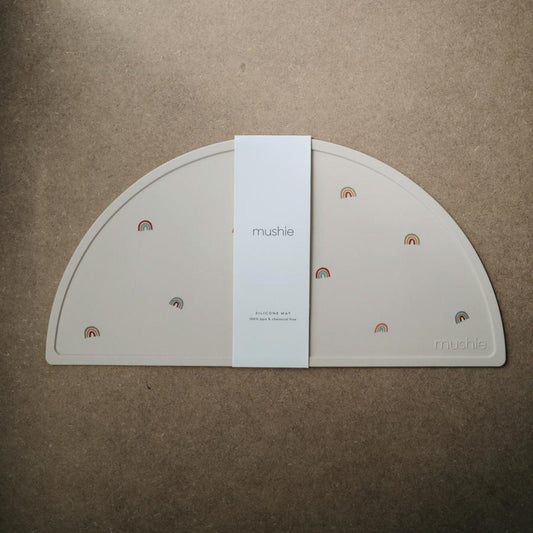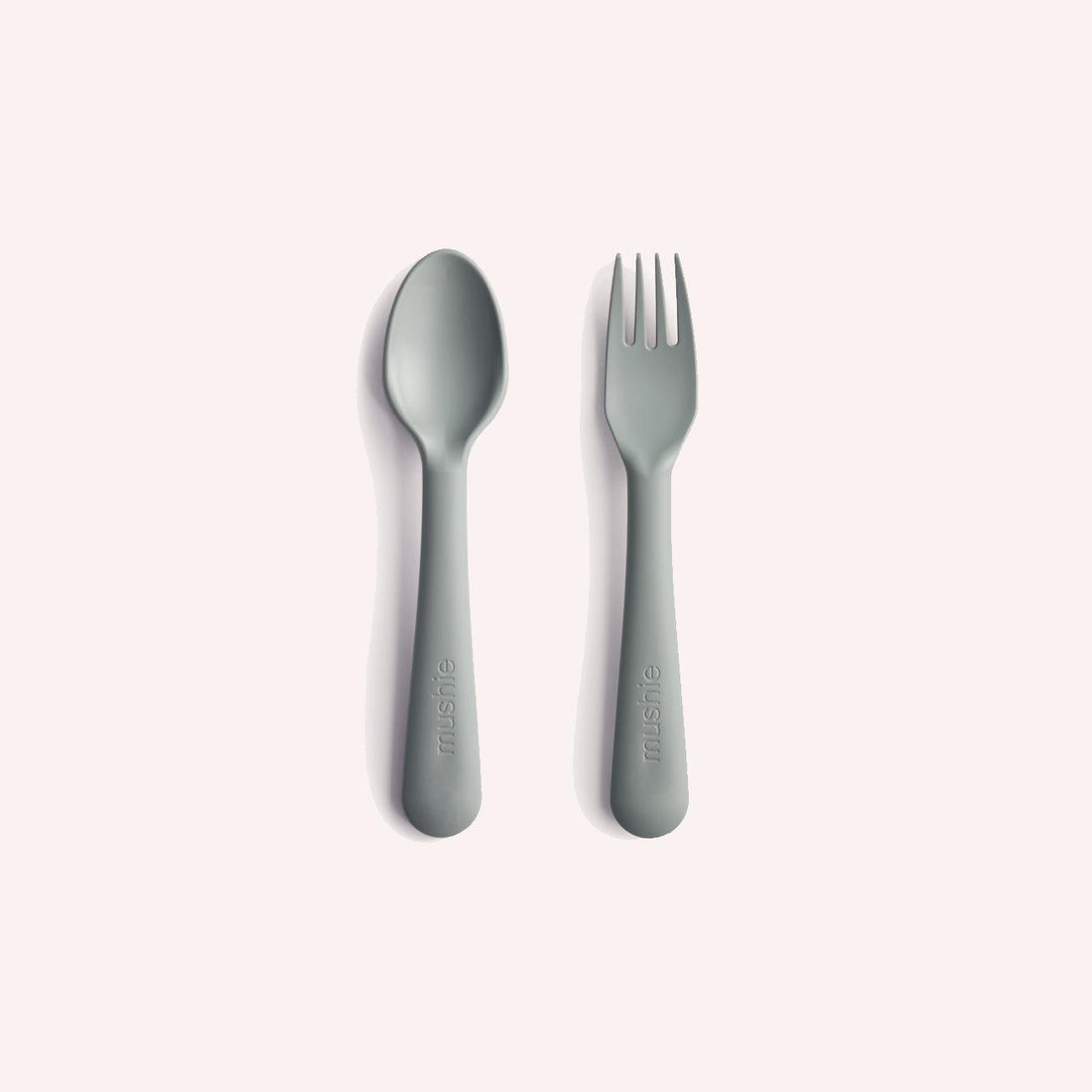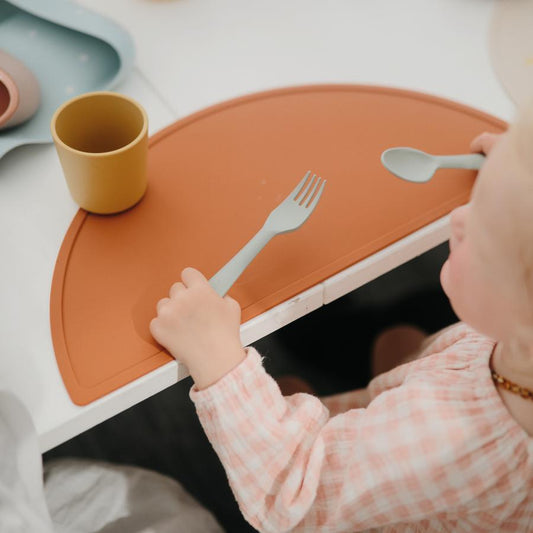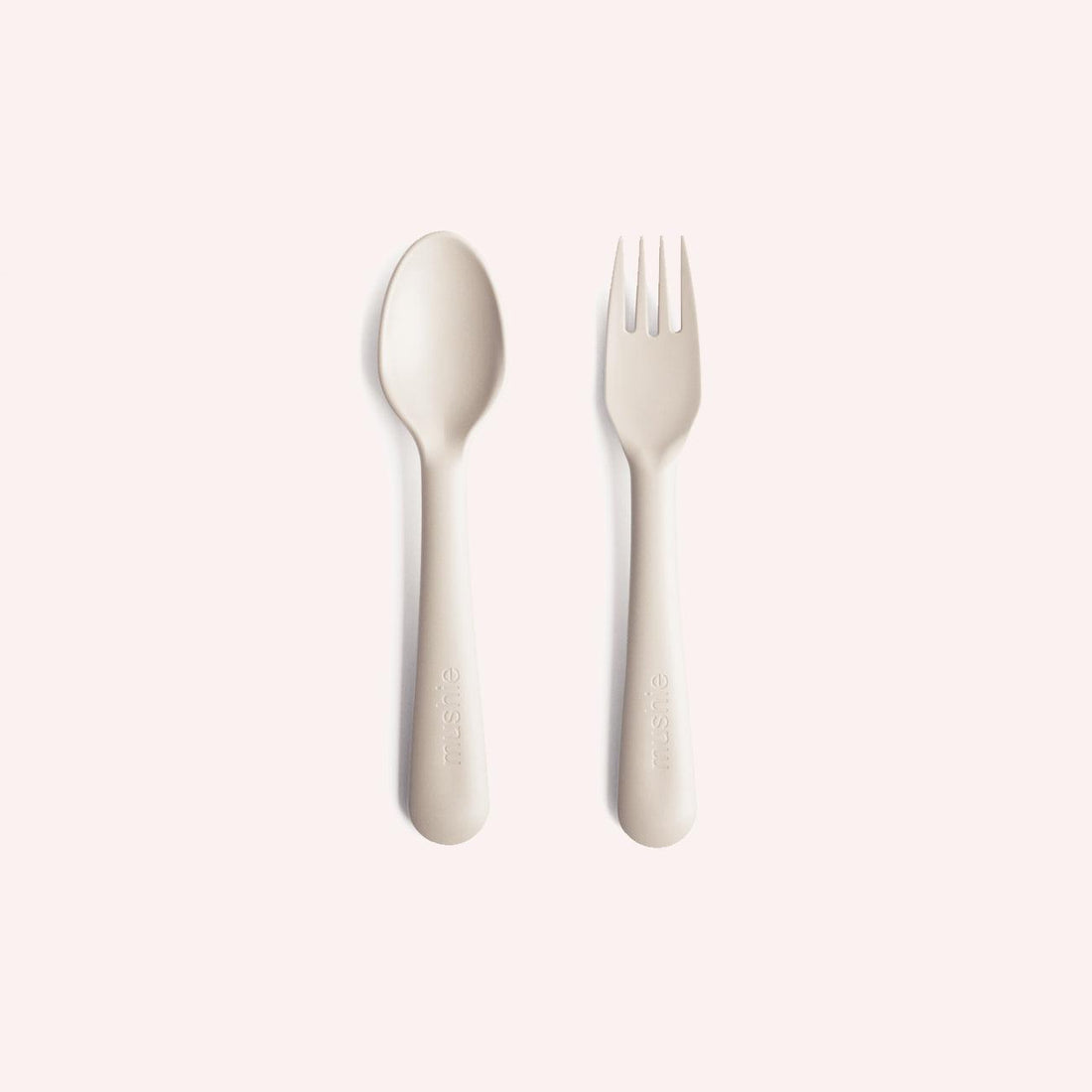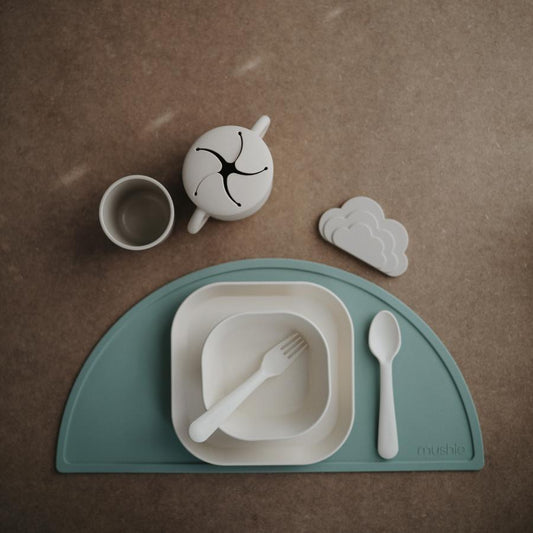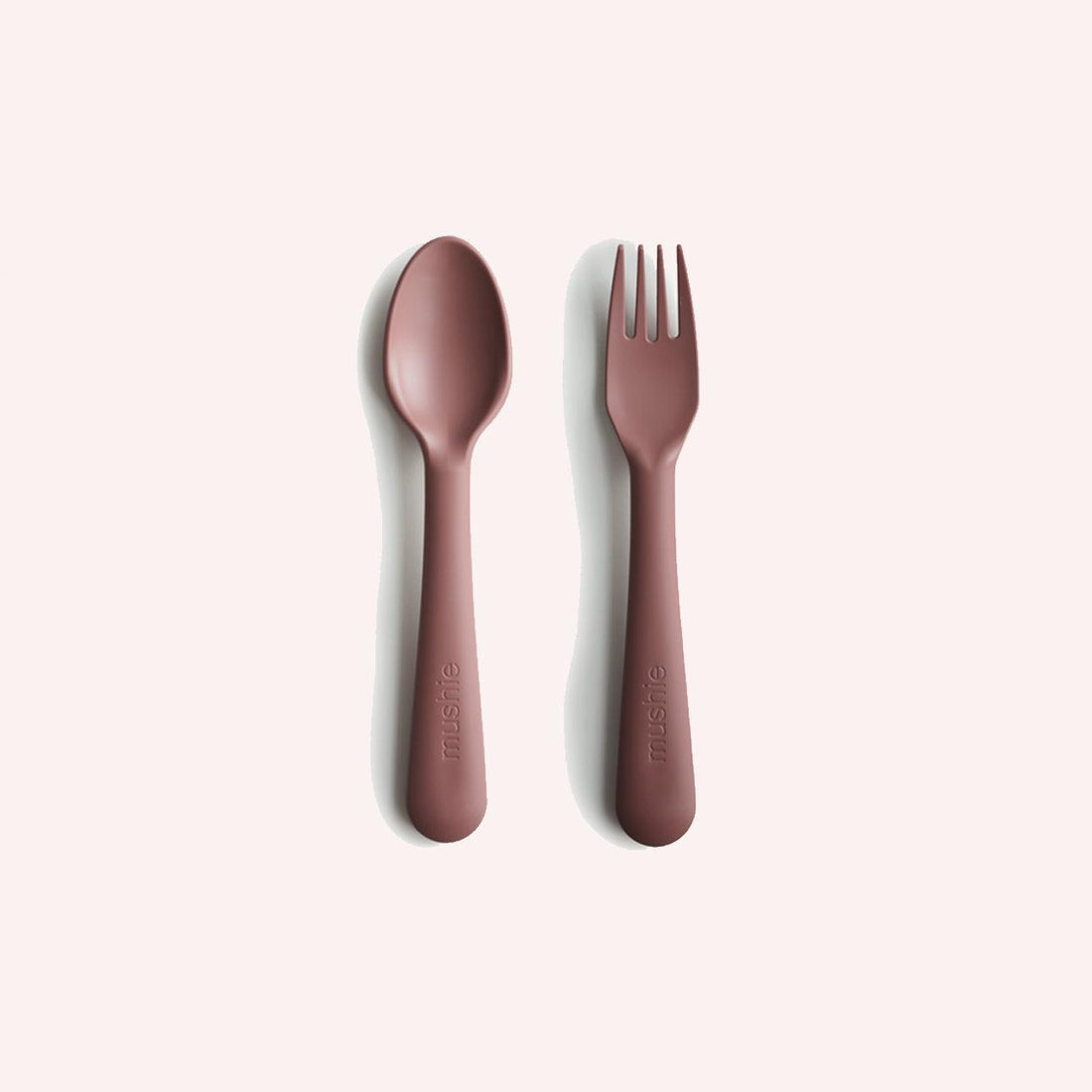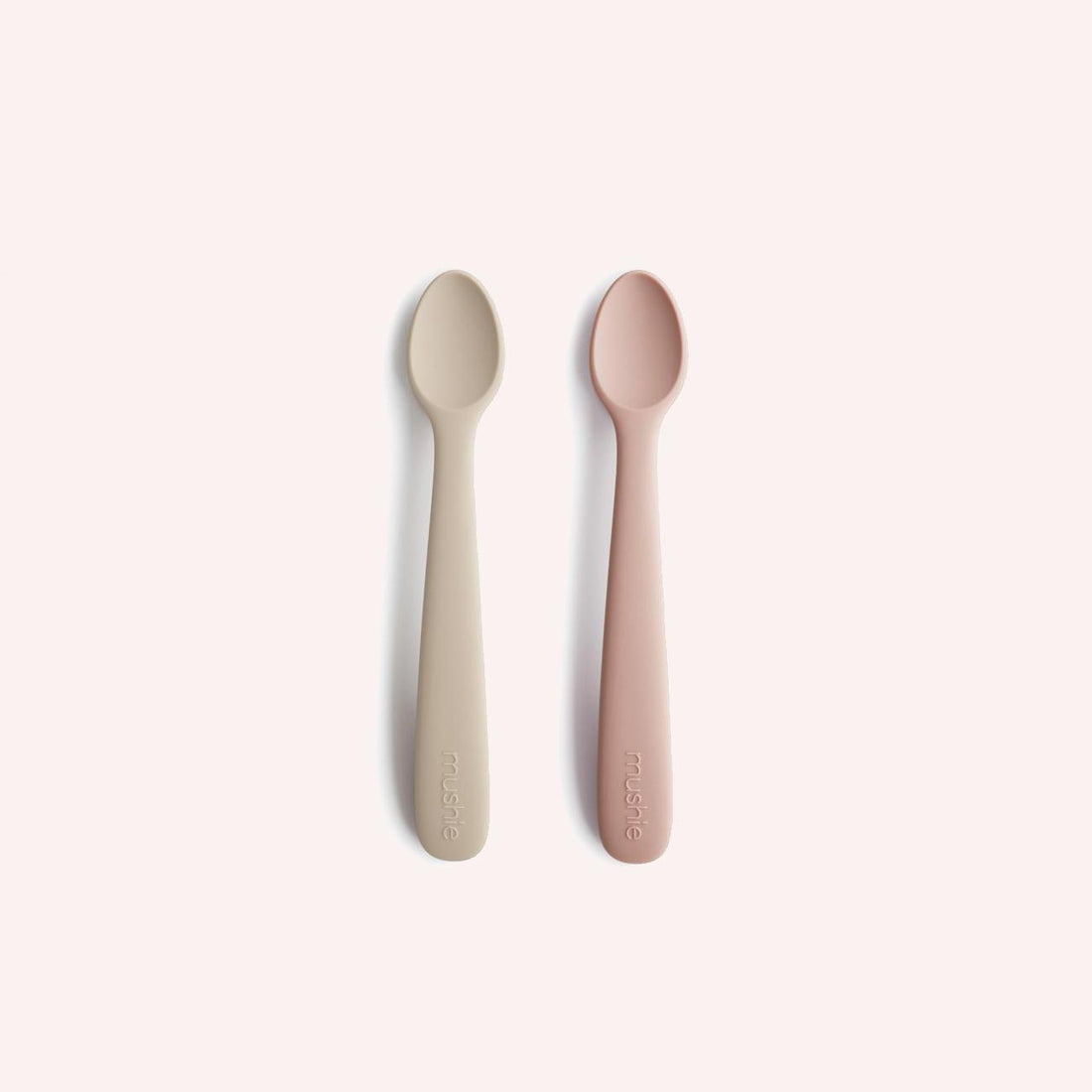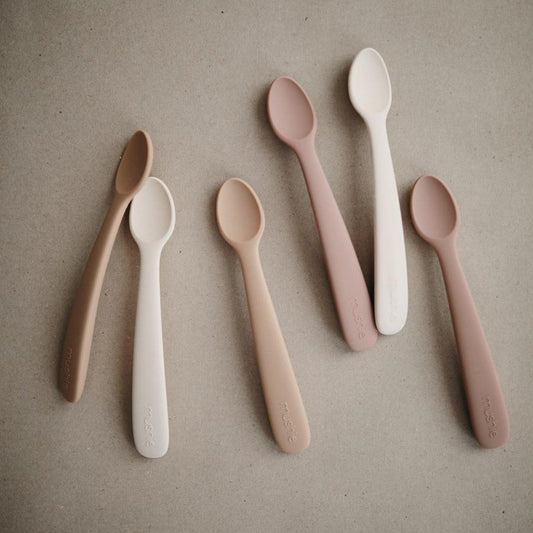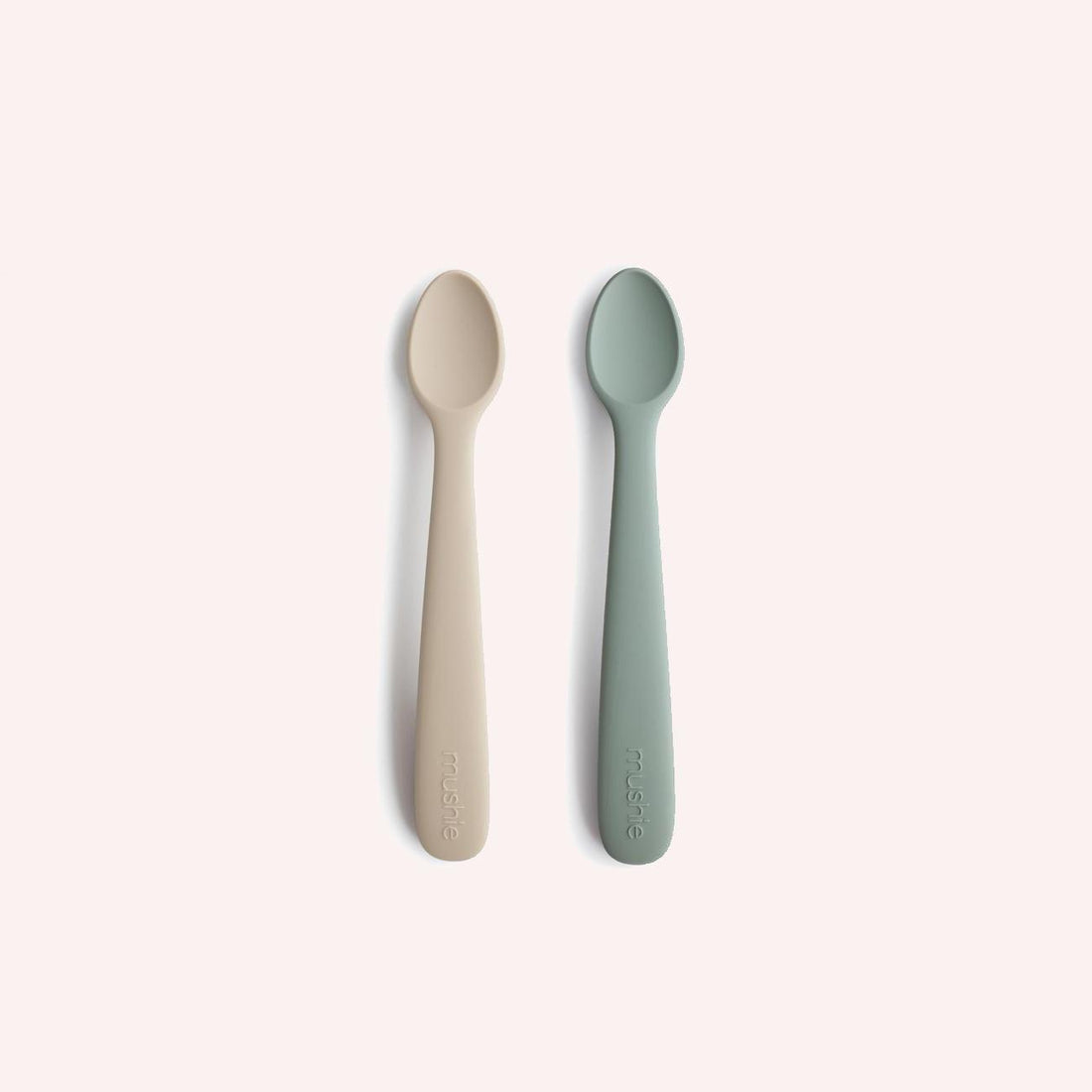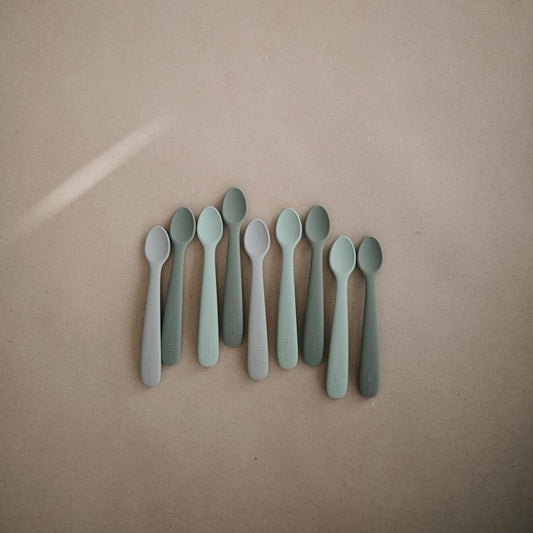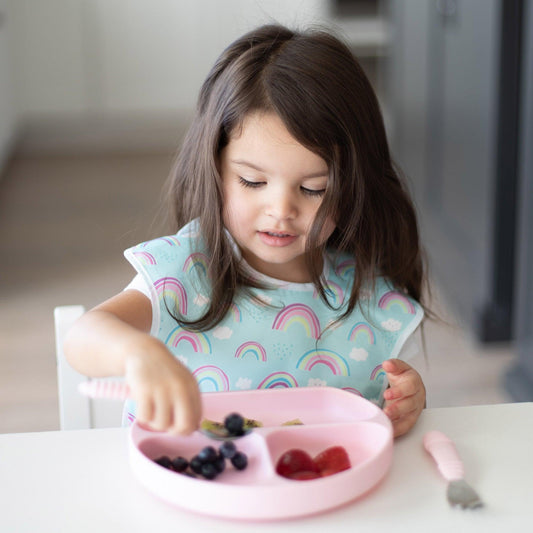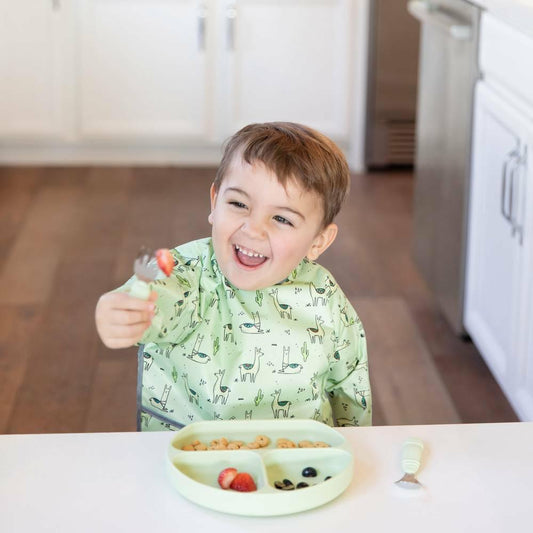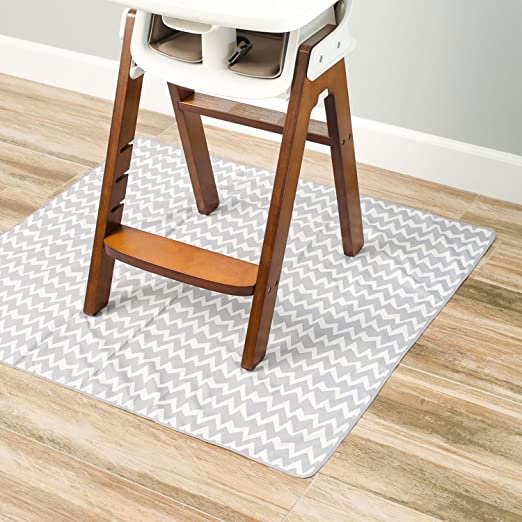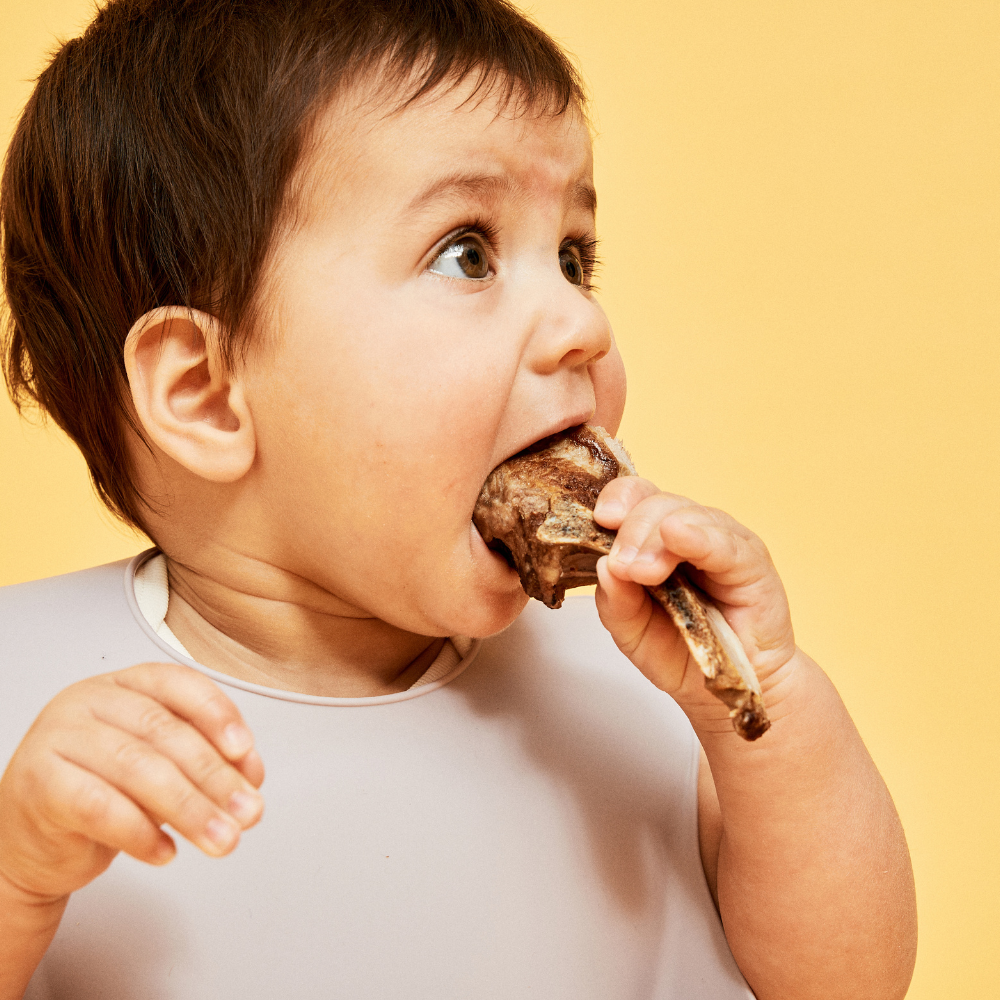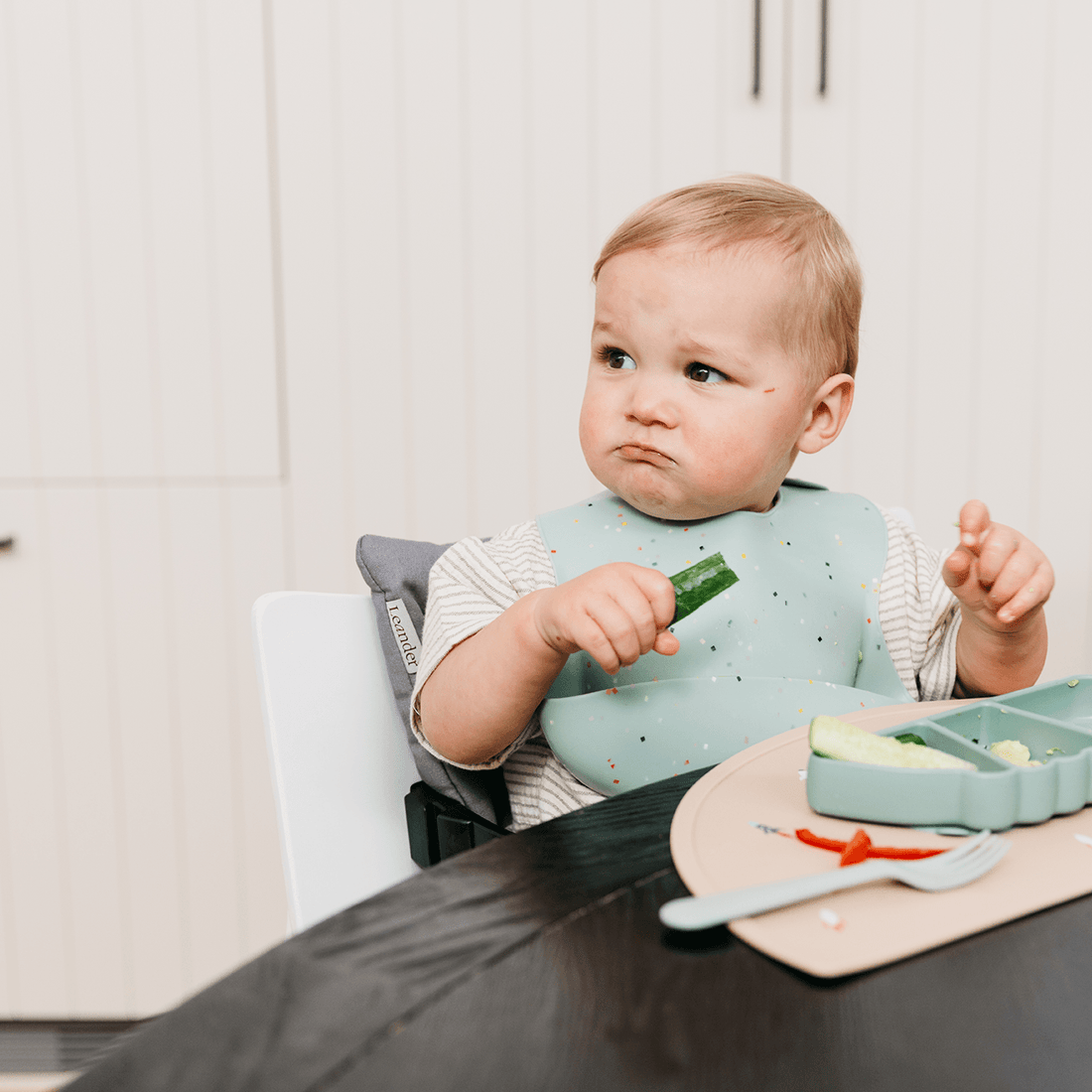What signs do you trust to indicate your baby is ready for solids?
While we can often get caught up on the right ‘age’ to introduce solids, it is more important to watch for your baby’s developmental signs of readiness; as all babies develop at their own pace, in their own time! Just like some babies will walk at 9 months and others will walk at 18 months, there is no real ‘normal’.
The signs of readiness are important because they are indicators that your baby's delicate and intricate digestive system is ready to handle solid foods. These signs are:
- Your baby is able to sit up, unassisted. Now this can get a bit confusing — what constitutes sitting unassisted? The aim is that while they may still topple a little bit, that they can support themselves in a seated position for a period of time once in the highchair — without needing to ‘stuff’ the highchair, and without the use of a seating aid. This sign is really important, as our digestive system is made up of muscles, which aid in moving the food from the mouth through the digestive system and back out through the bottom. When a baby has enough core strength to sit on their own, this is a good indication that the muscles of their digestive system are strong enough for food. The other reason this is important, is that if they are slumping forwards or sideways in the highchair, then they are at an increased risk of choking or aspirating on food. They also need to have the use of both of their hands to reach for food and take it to the mouth.
- Good head and neck control. Their head shouldn’t be ‘toppling’ around or slumping forward. This is very important from a safety point of view, because if their head is slumped then this can occlude the airway and increase the risk of choking. Having strong head and neck control also helps them to turn their head towards or away from food to indicate if they have had enough food or want more food.
- Baby shows an interest in food. This is an important sign when in conjunction with the other signs above — as an interest in food can happen early, around 4 months. This often confuses parents who think that they are ready for solids, however, they are also interested in your car keys but it doesn’t mean they want to drive! So showing interest is a good sign, but shouldn’t be the only sign.
